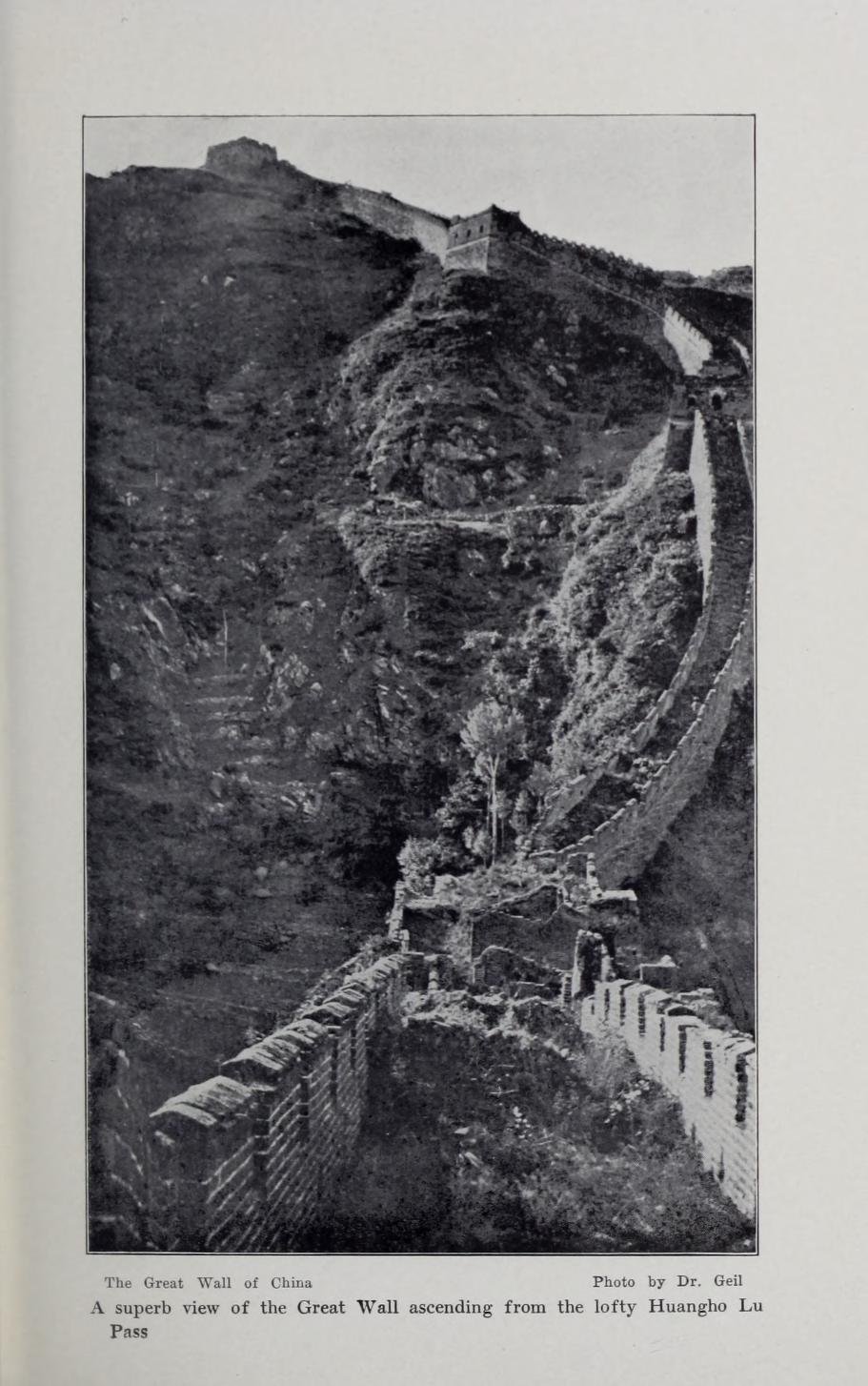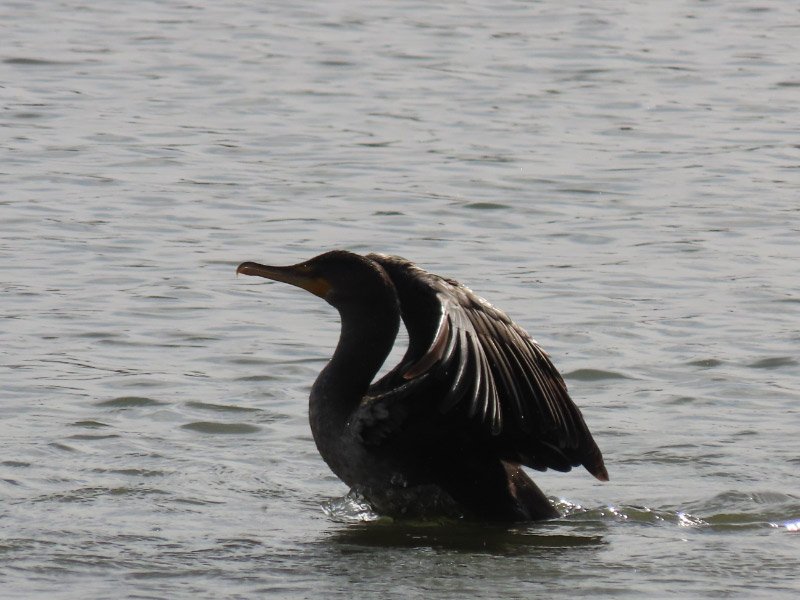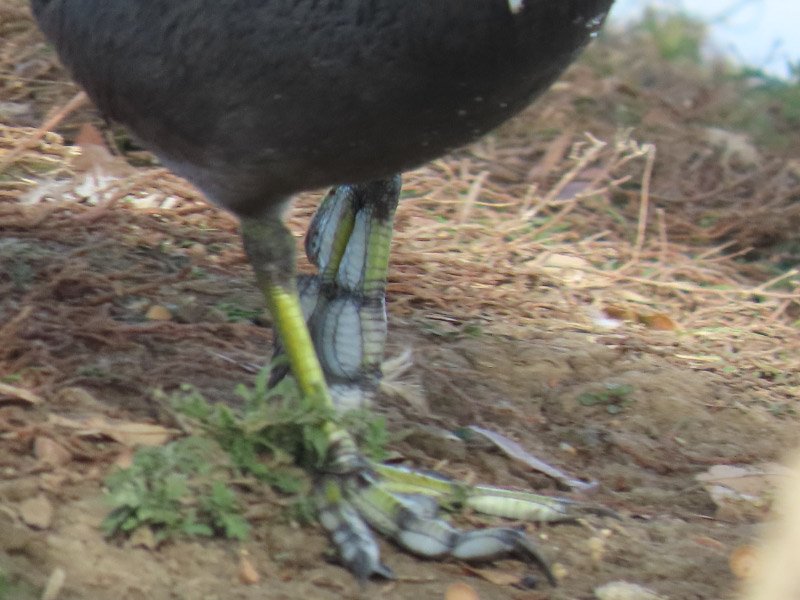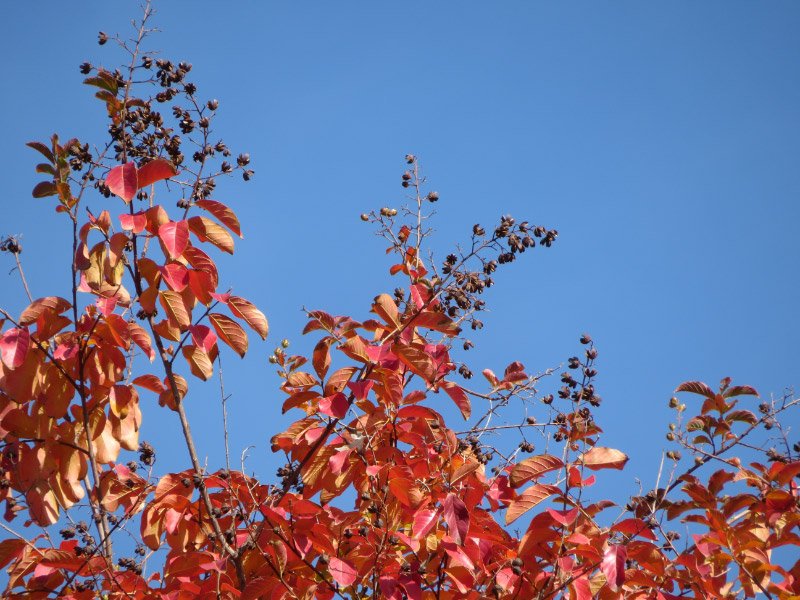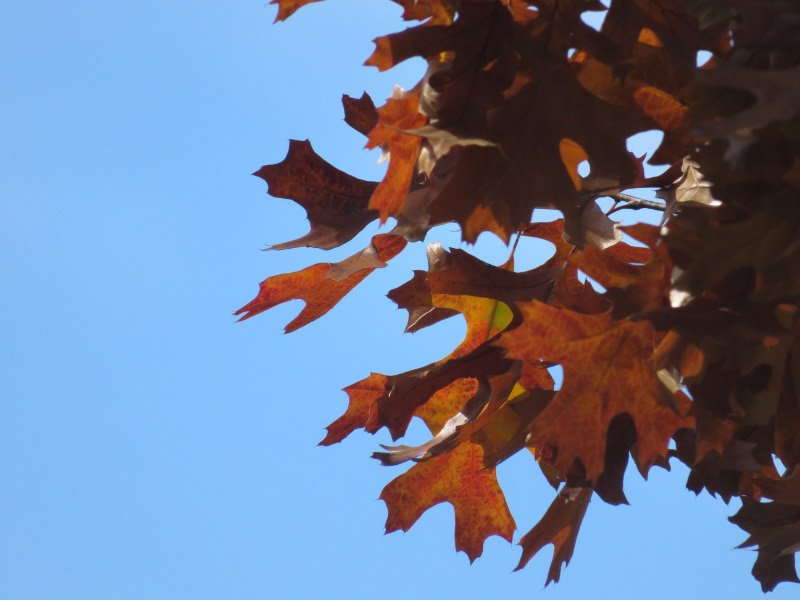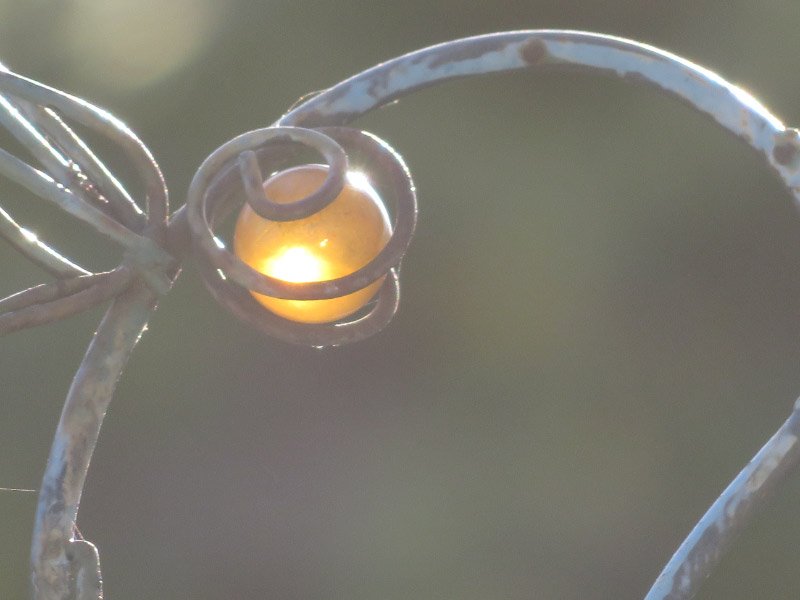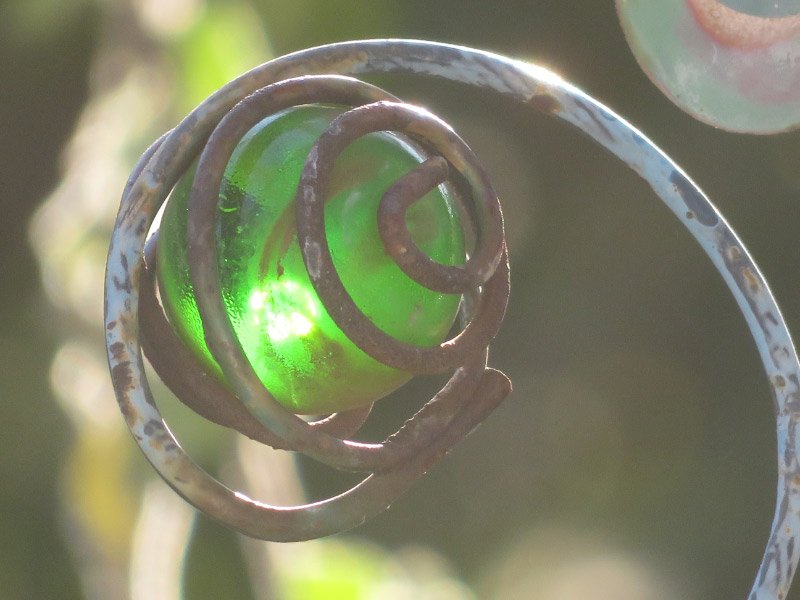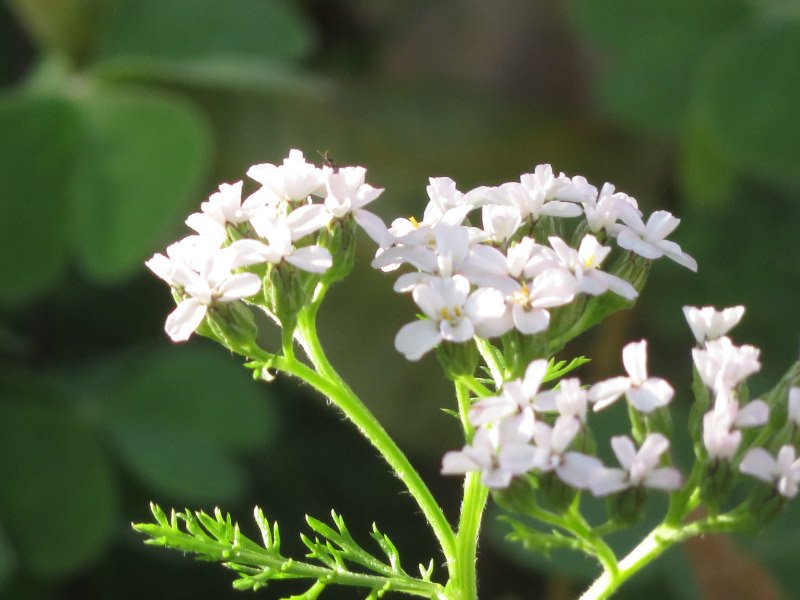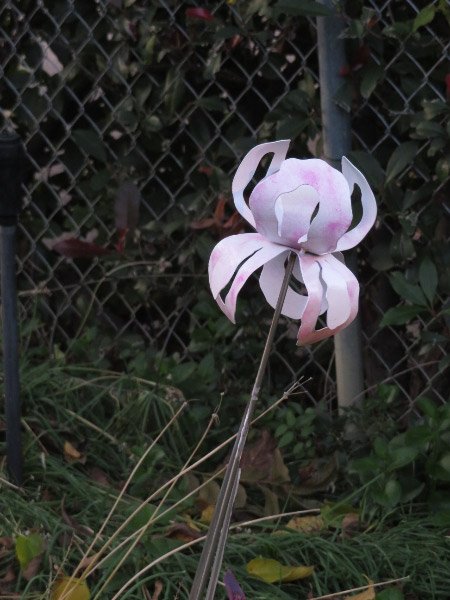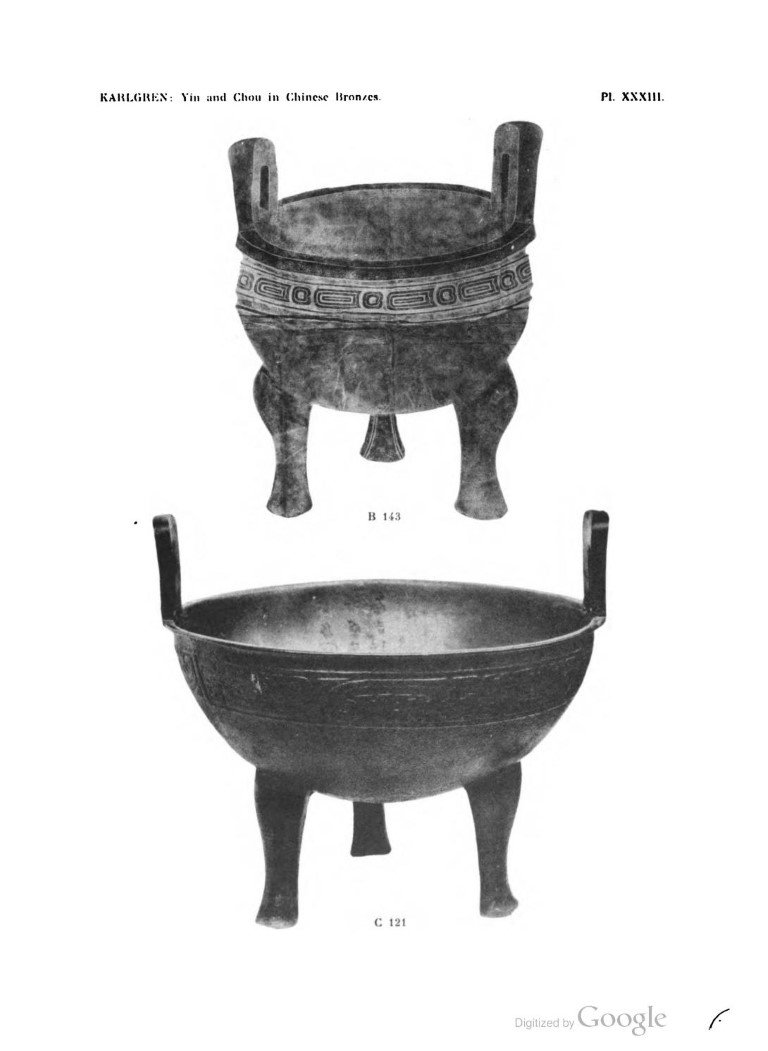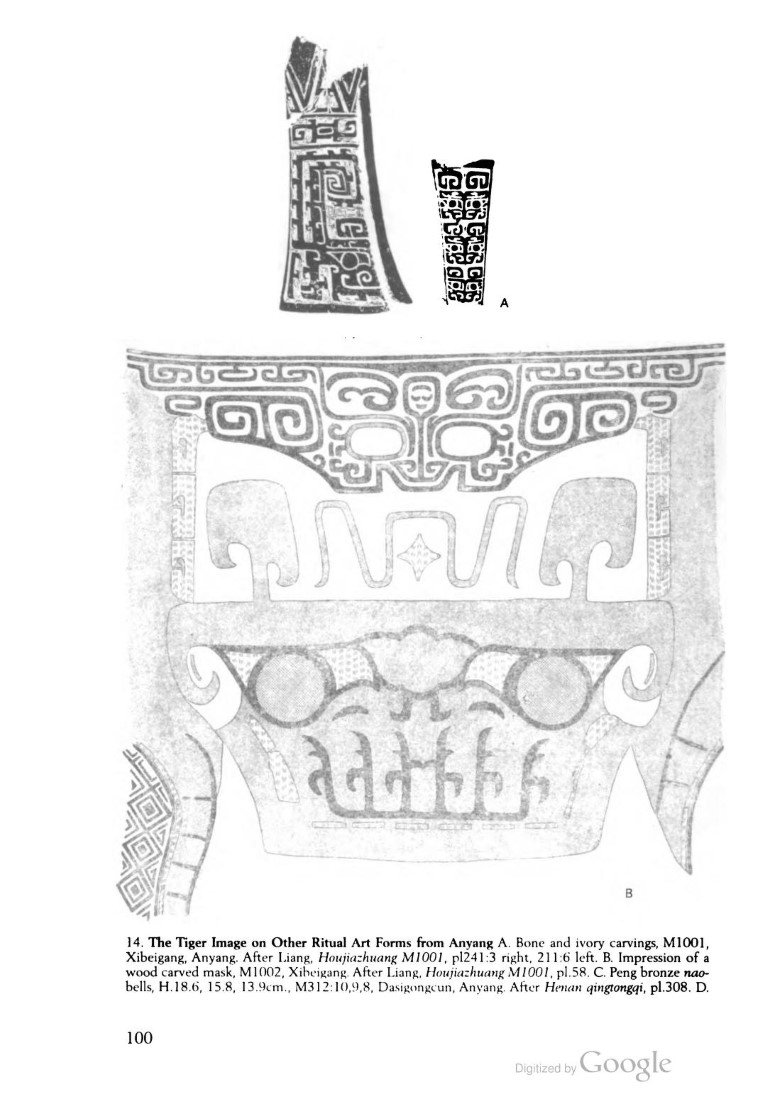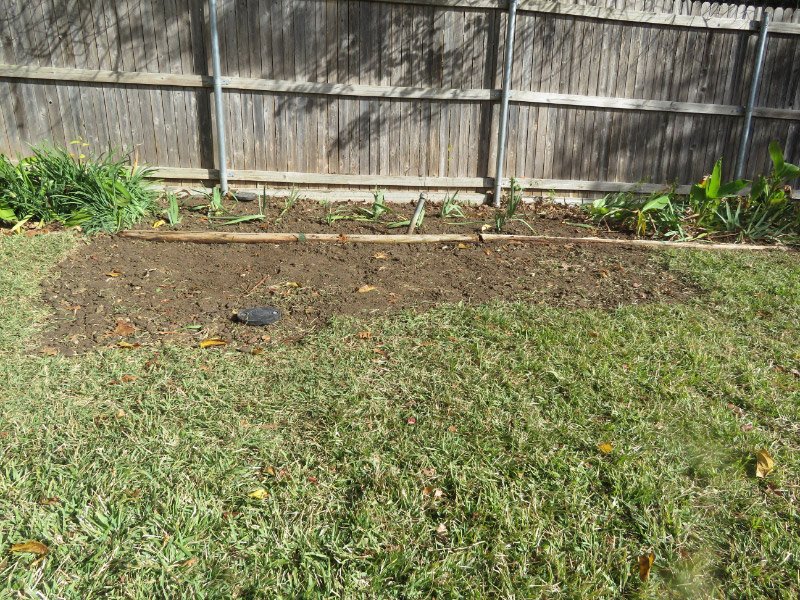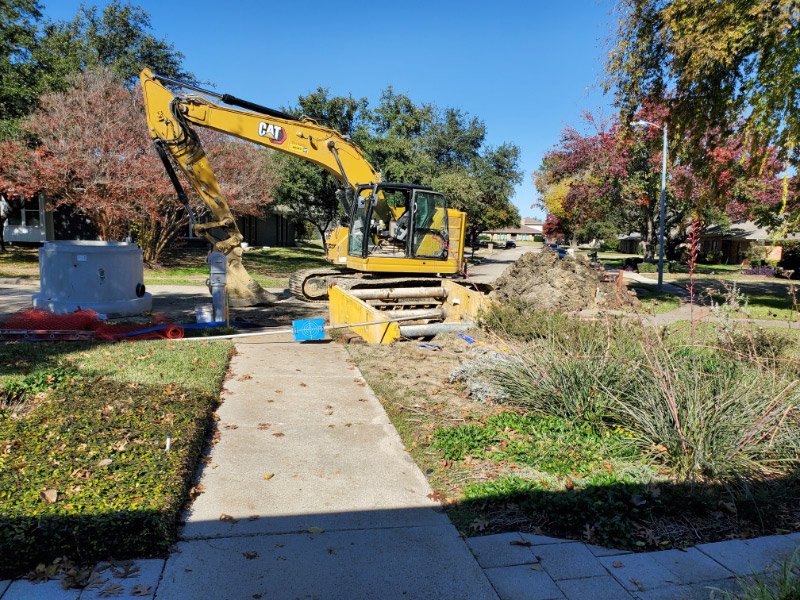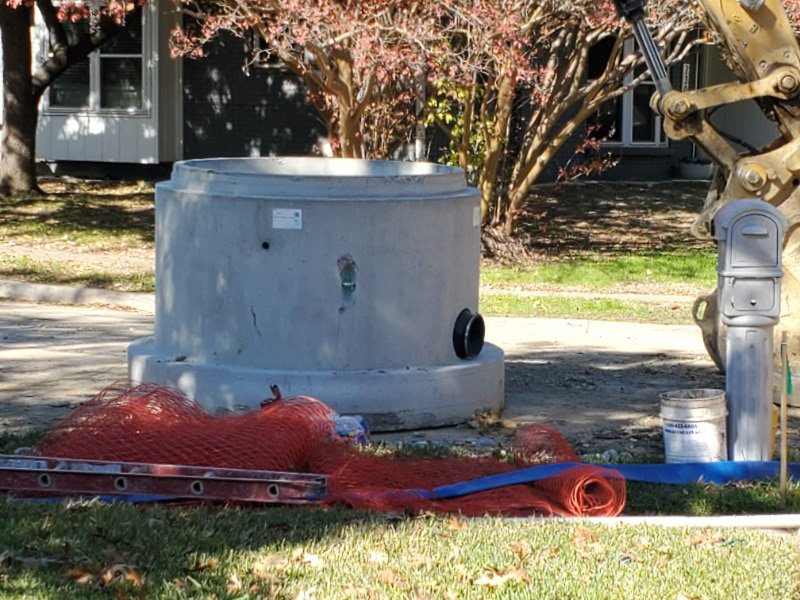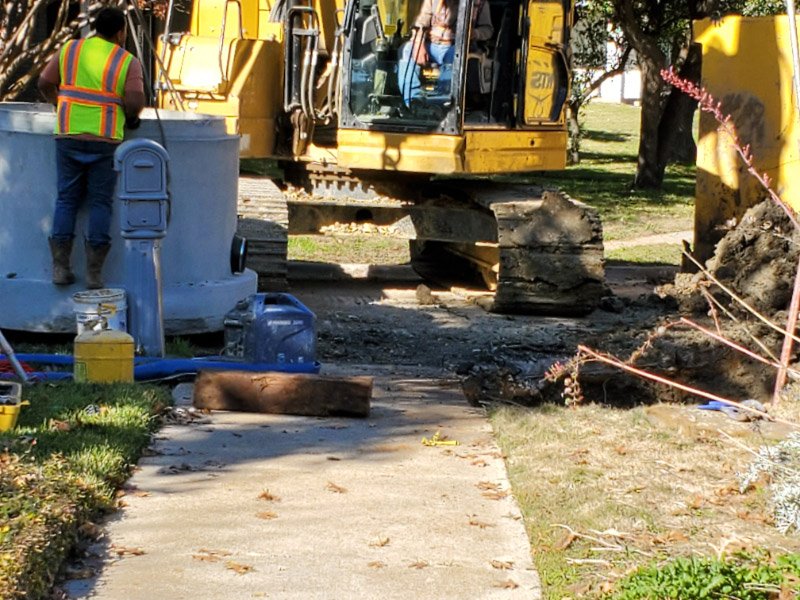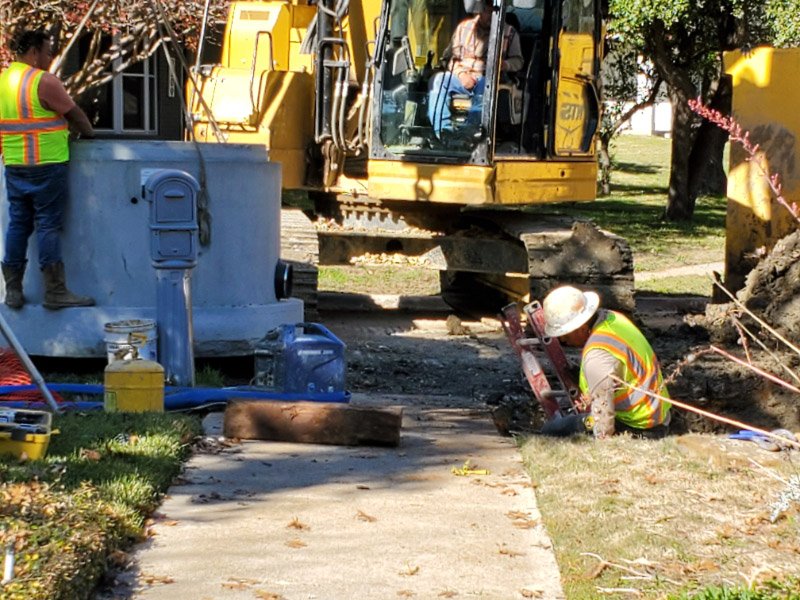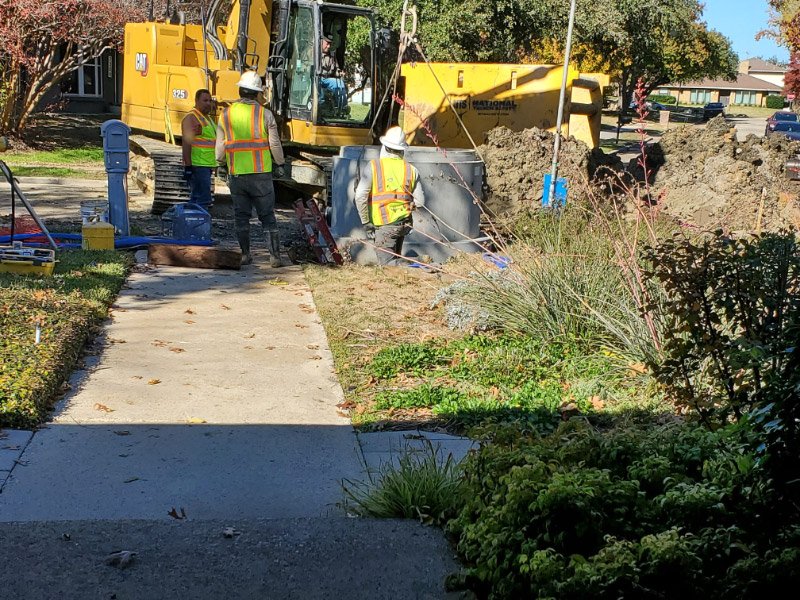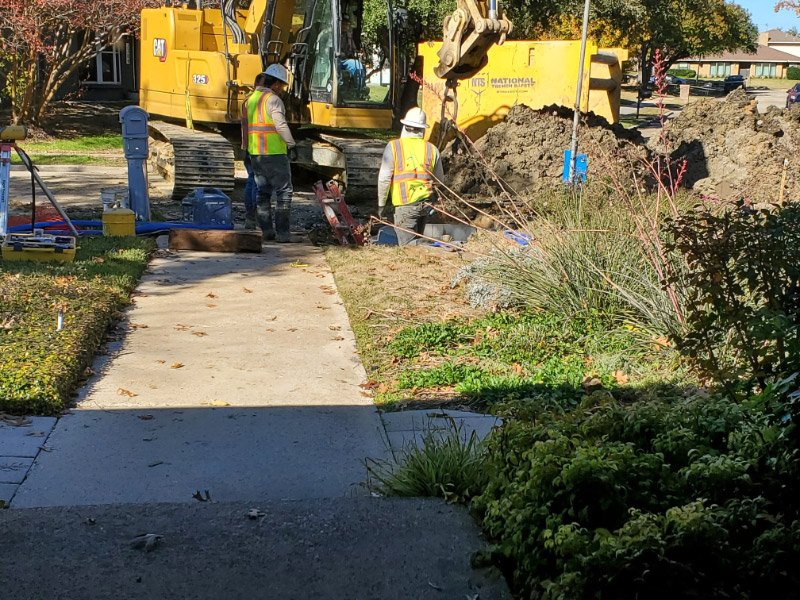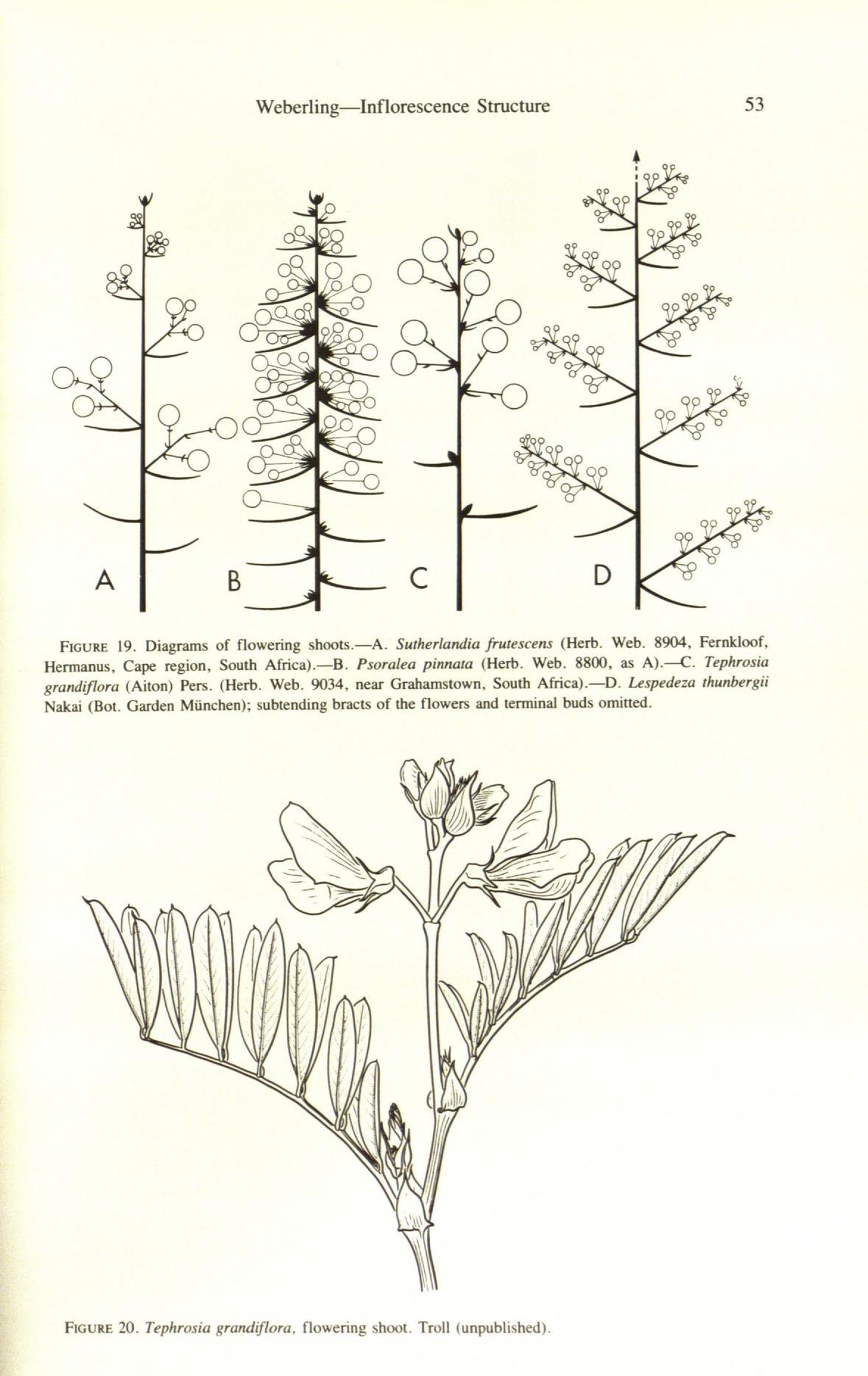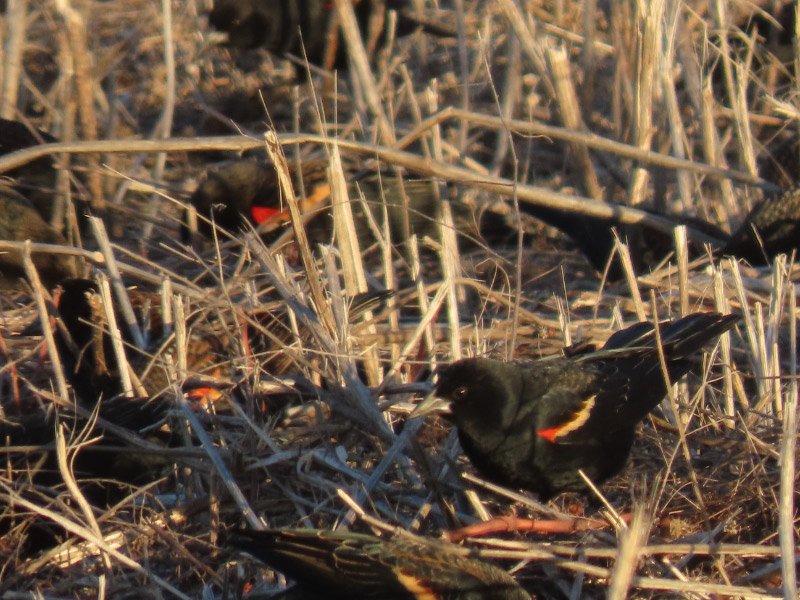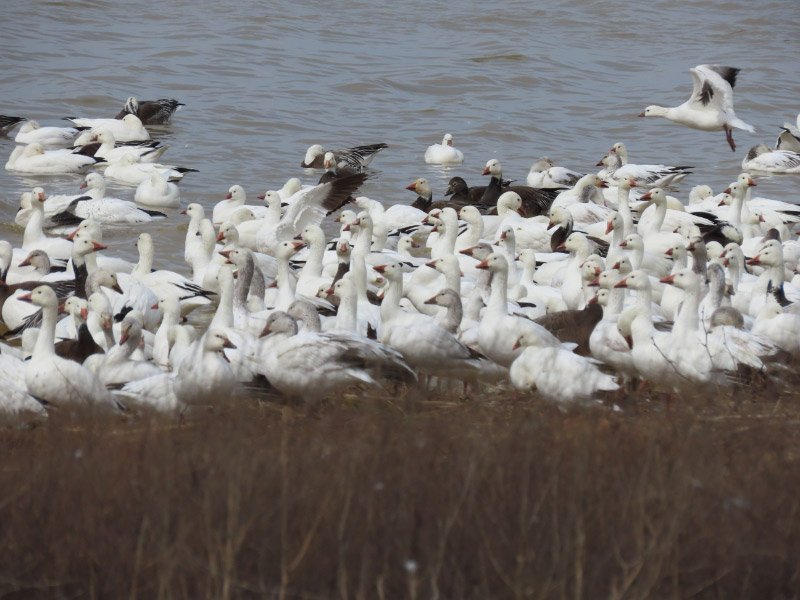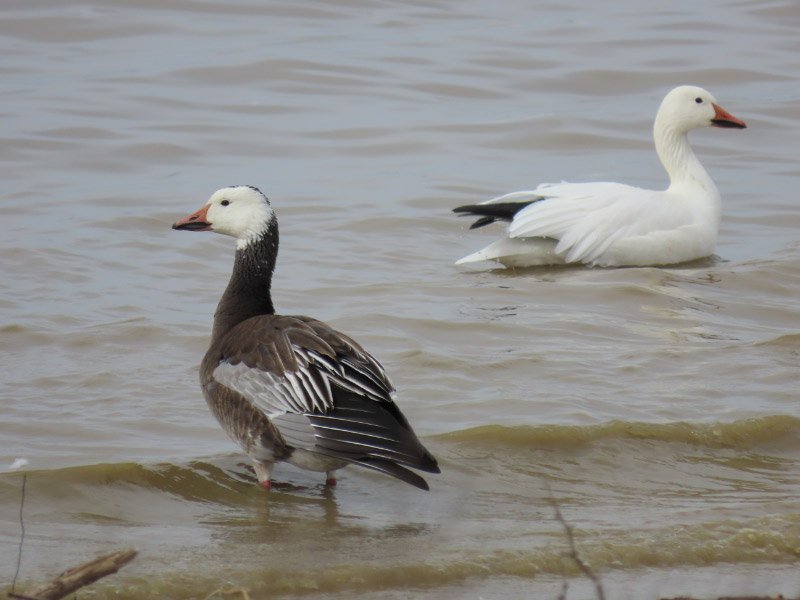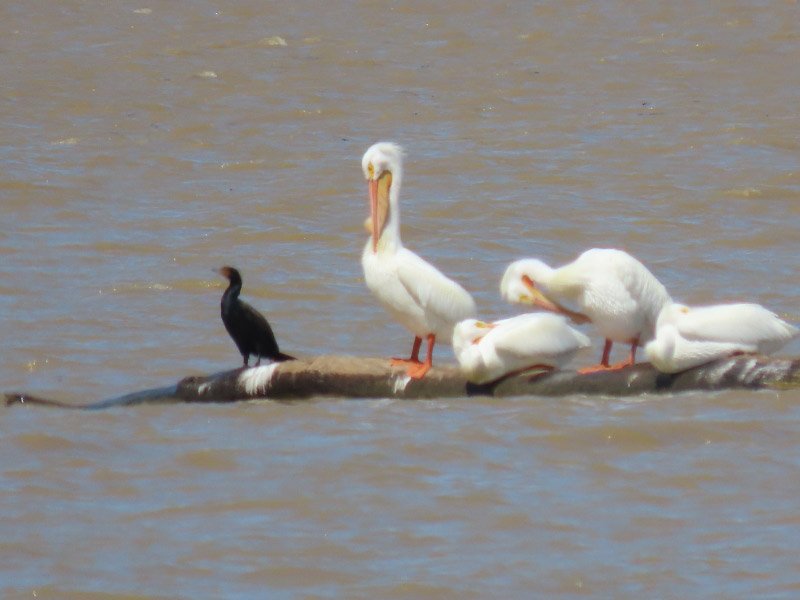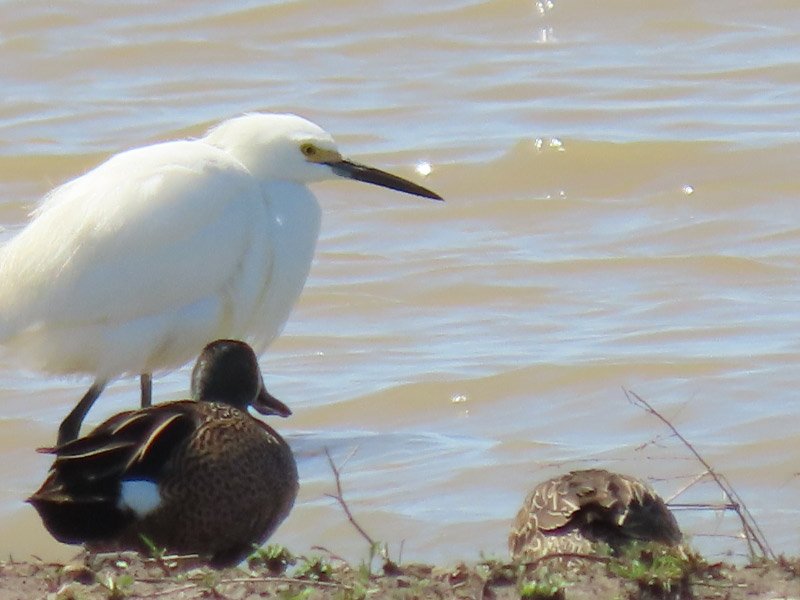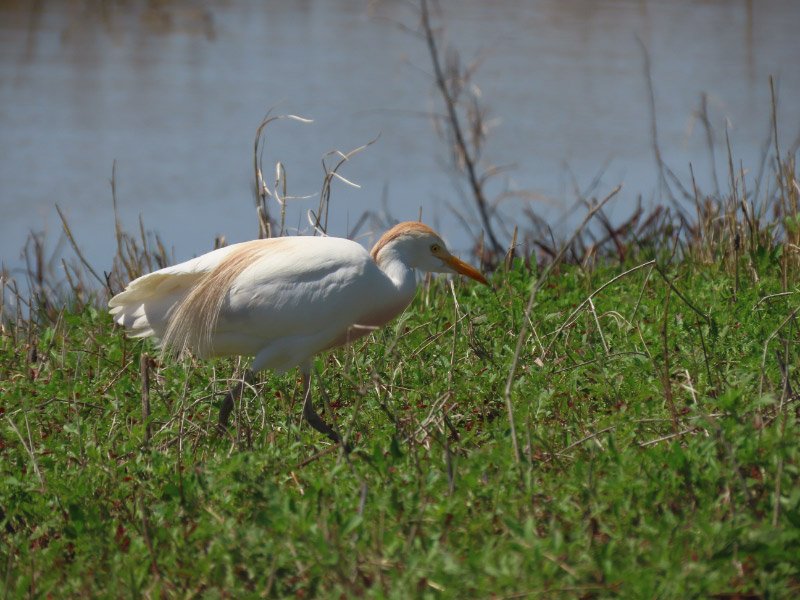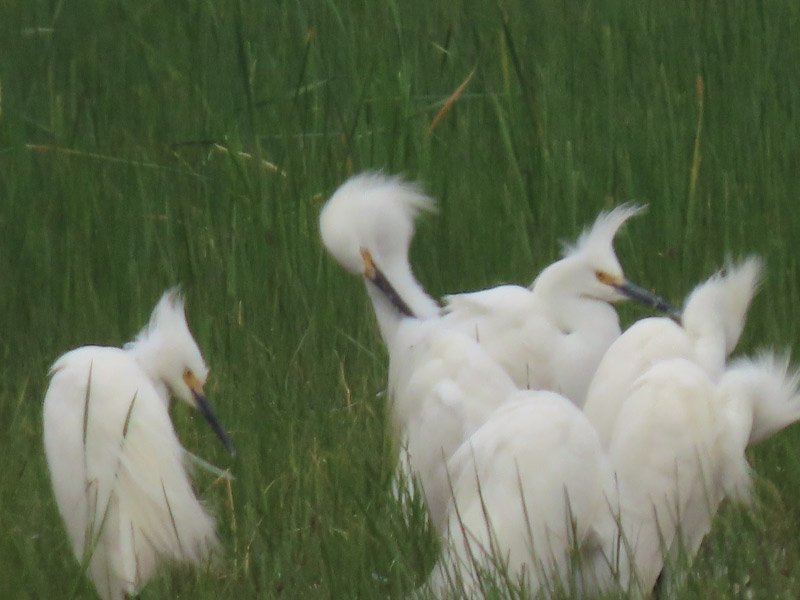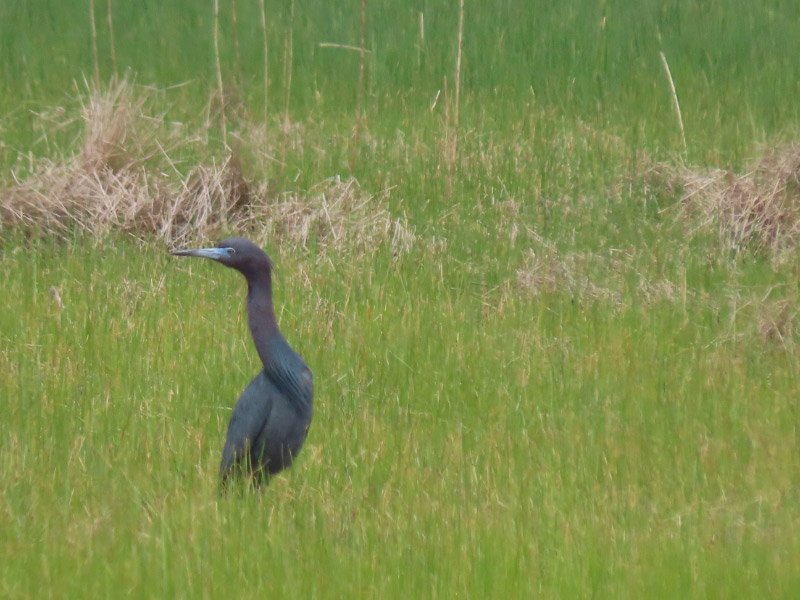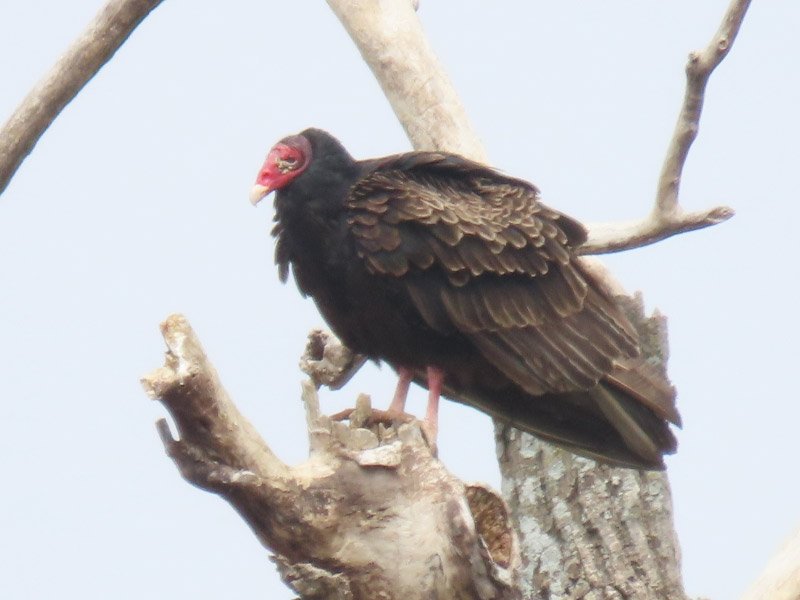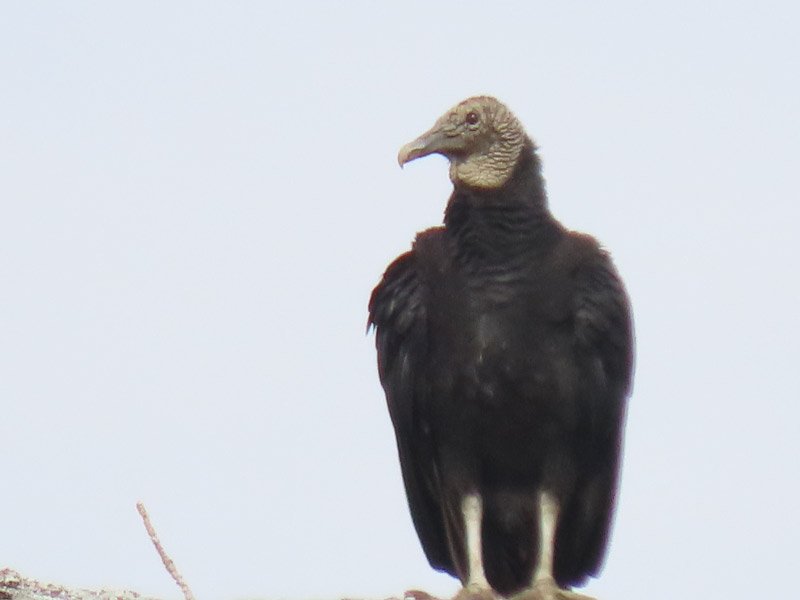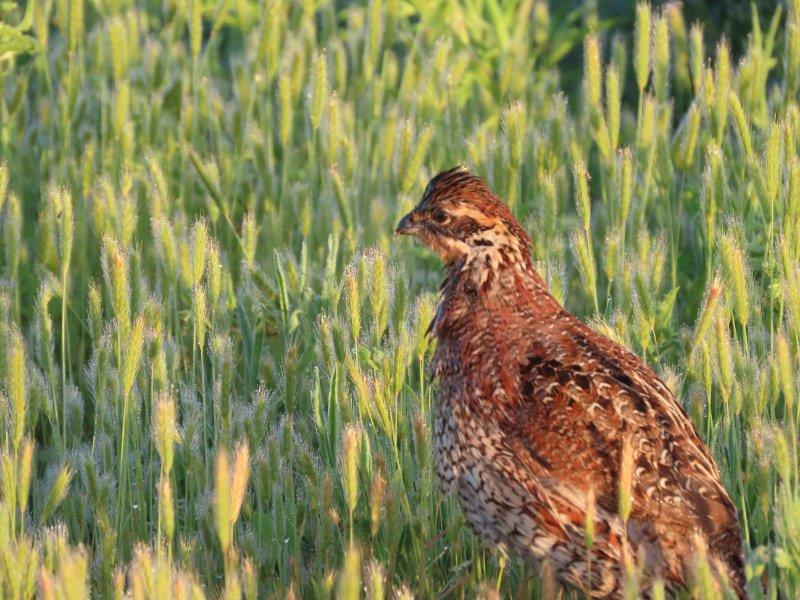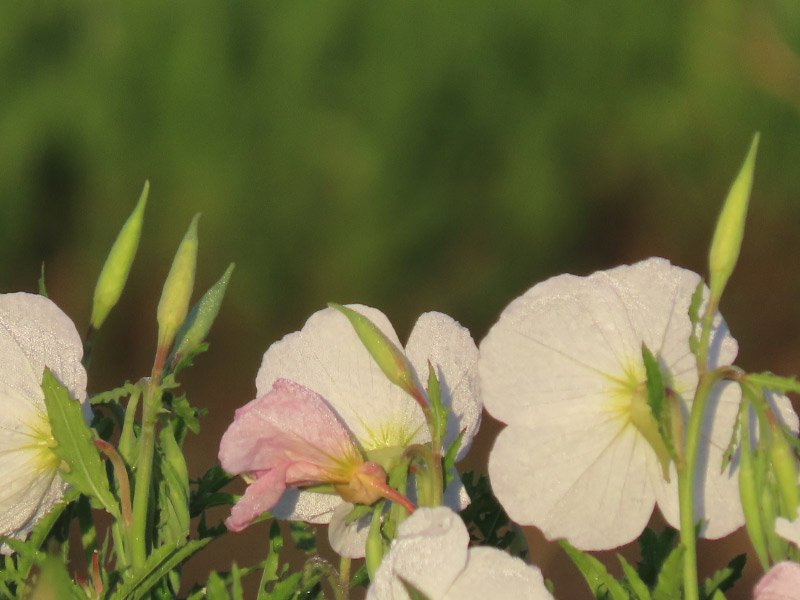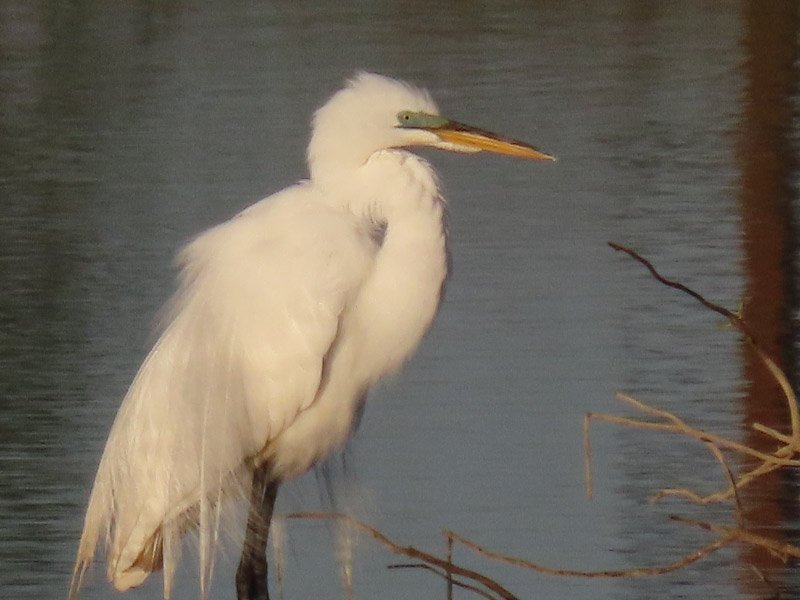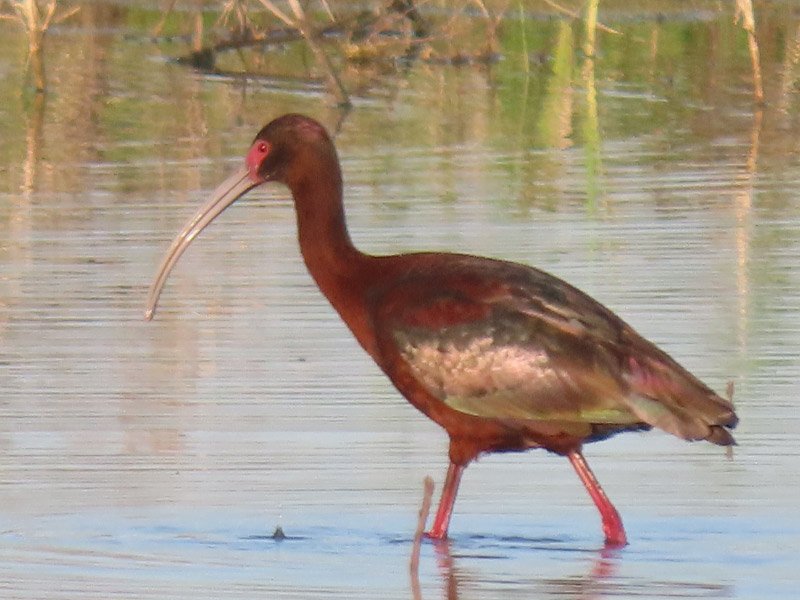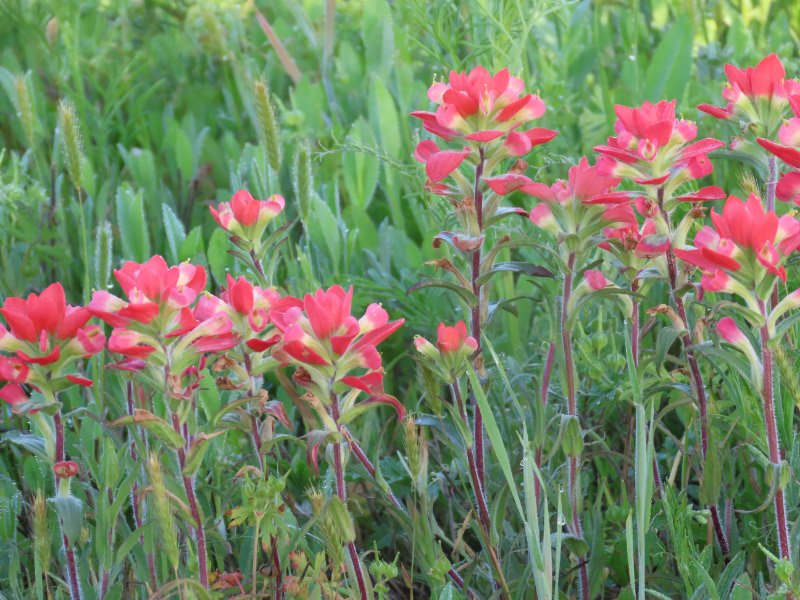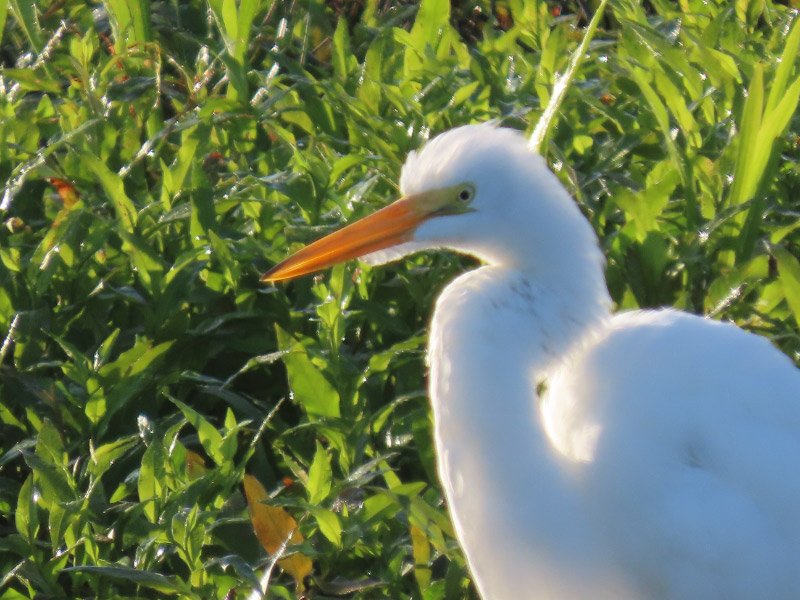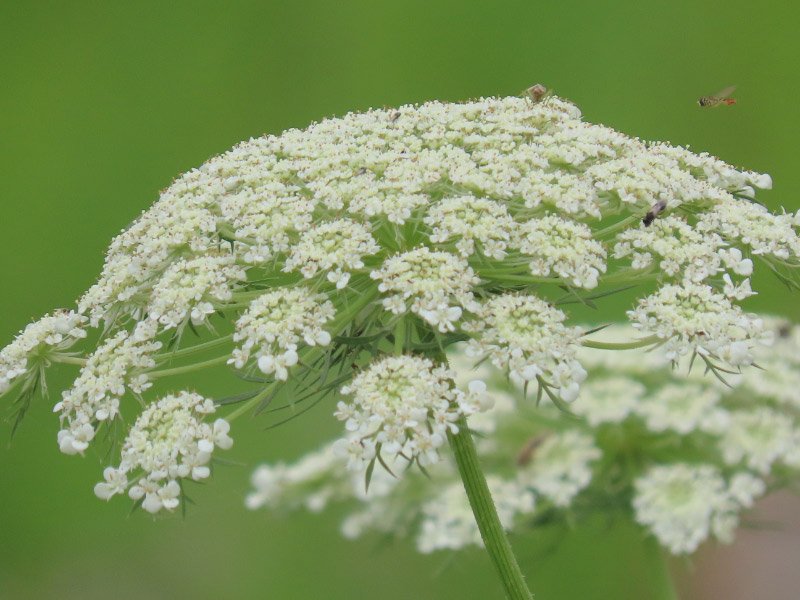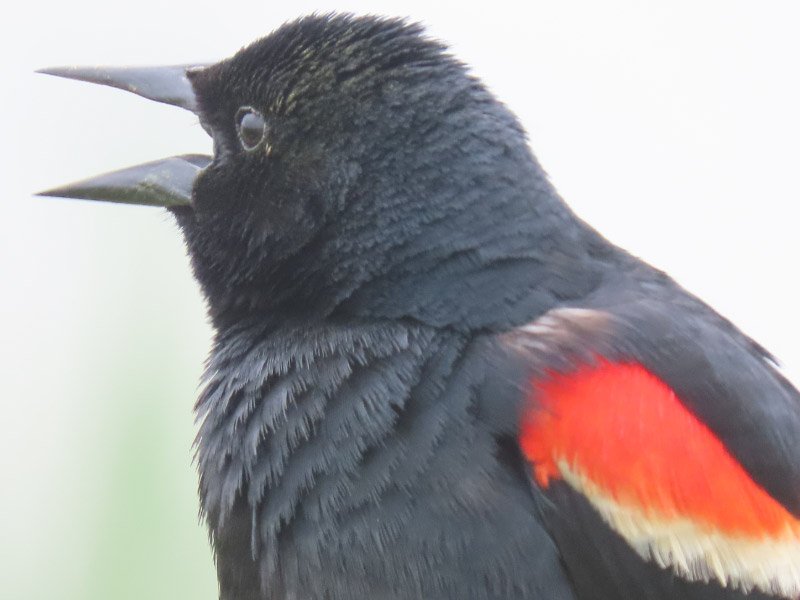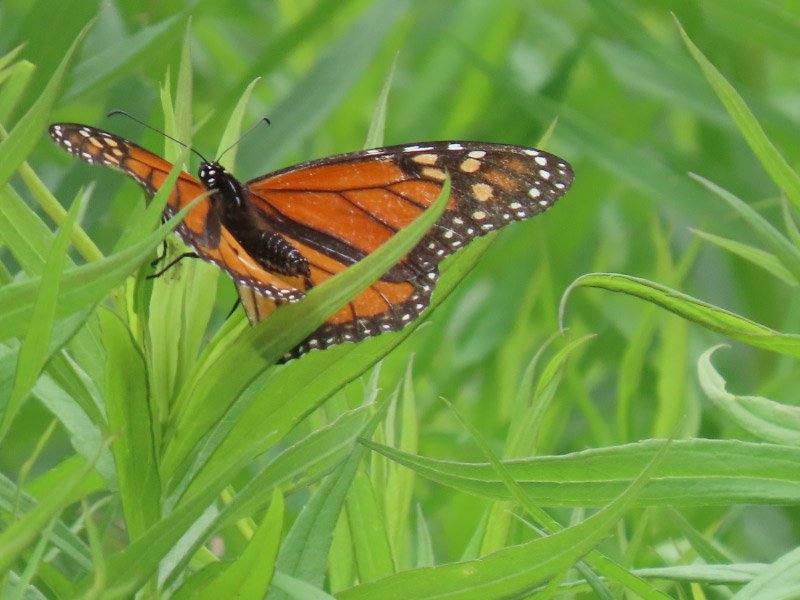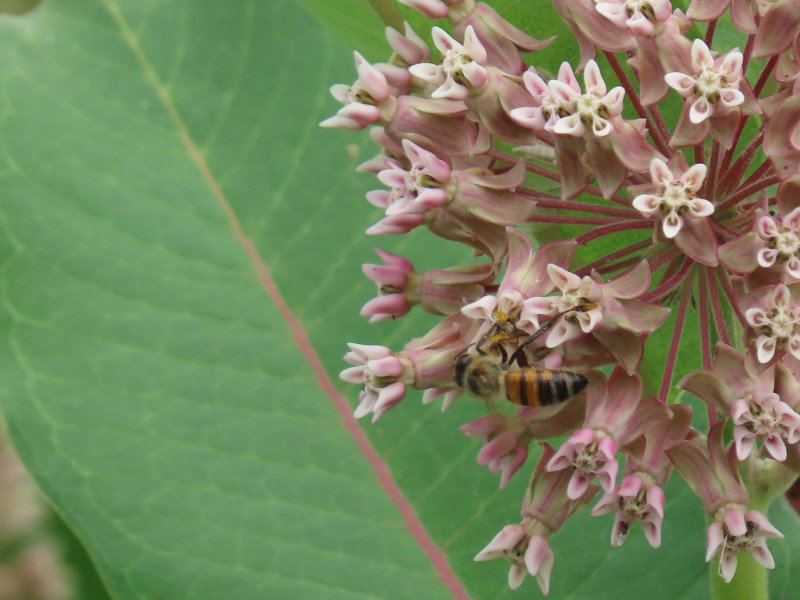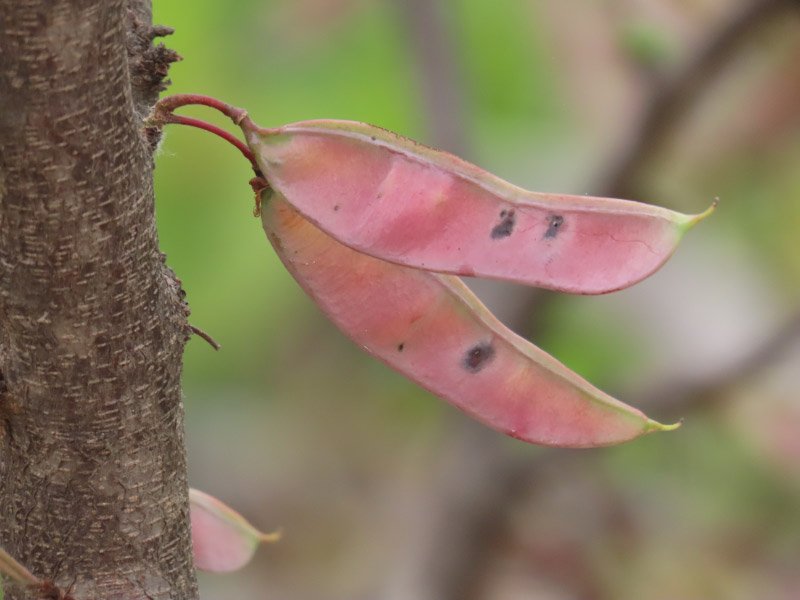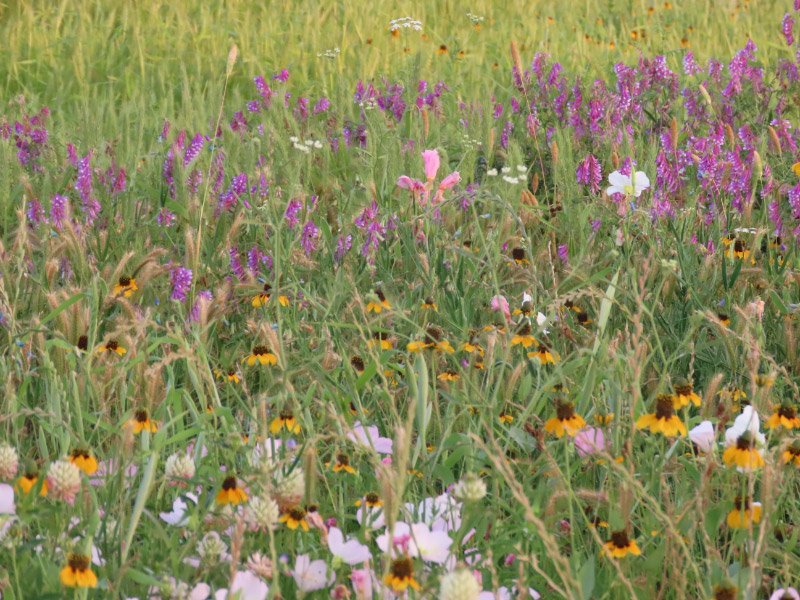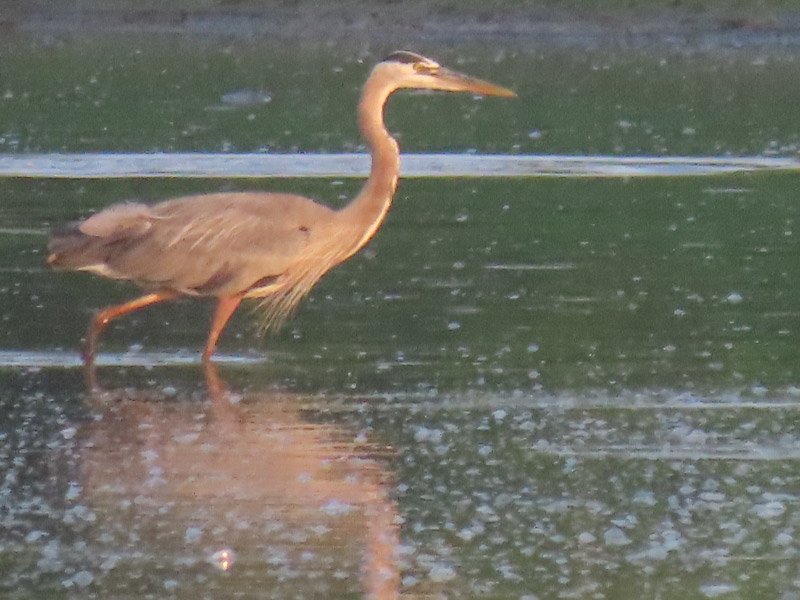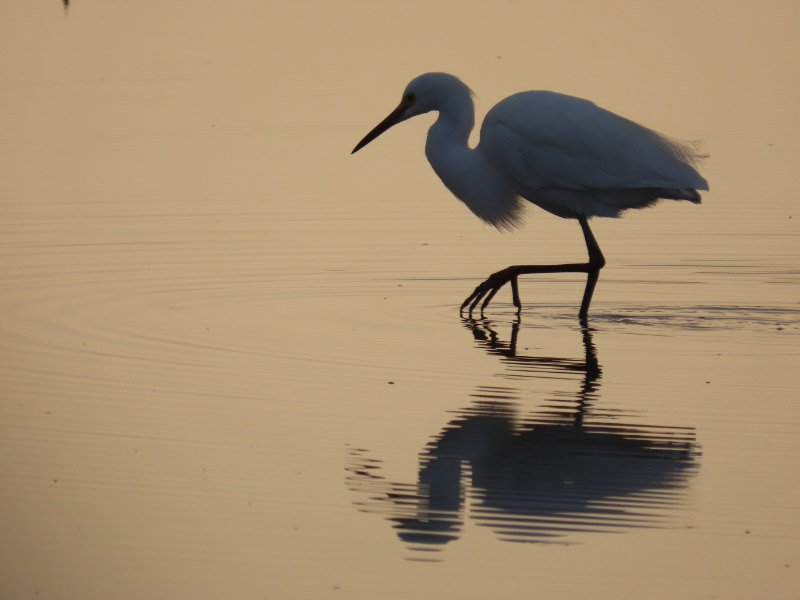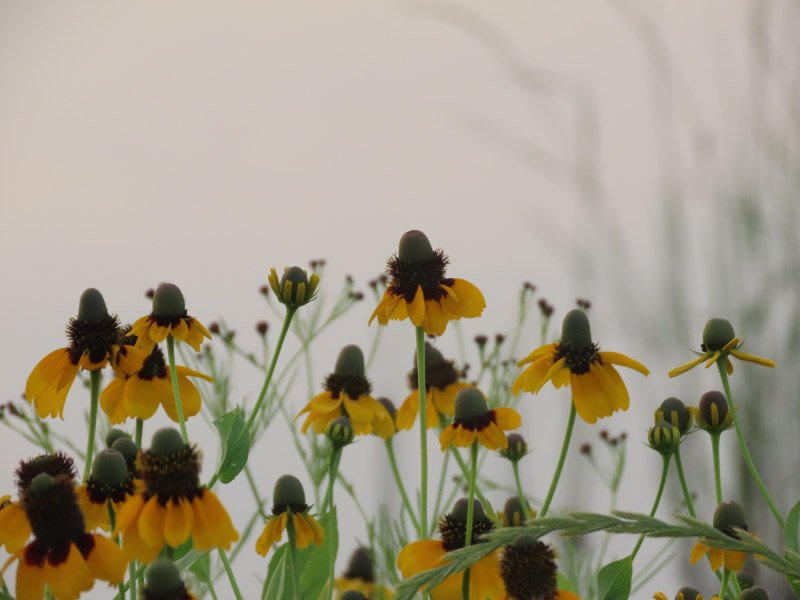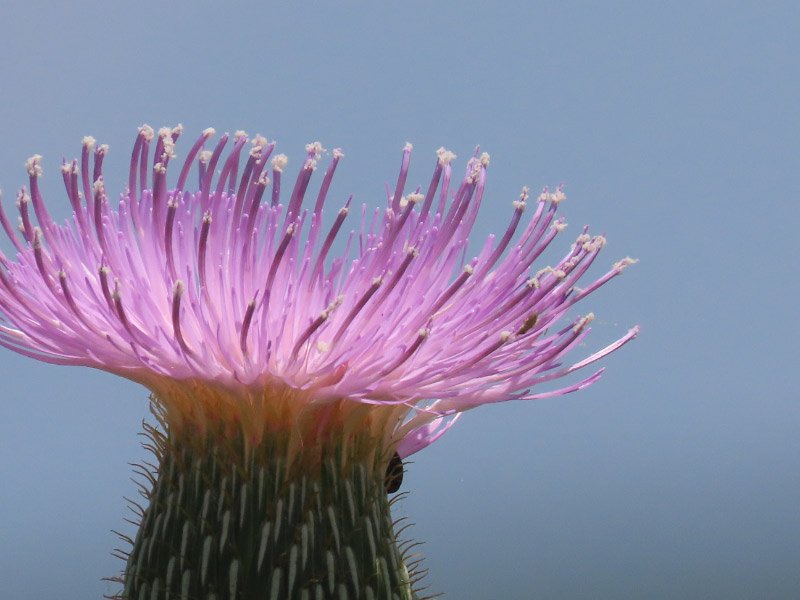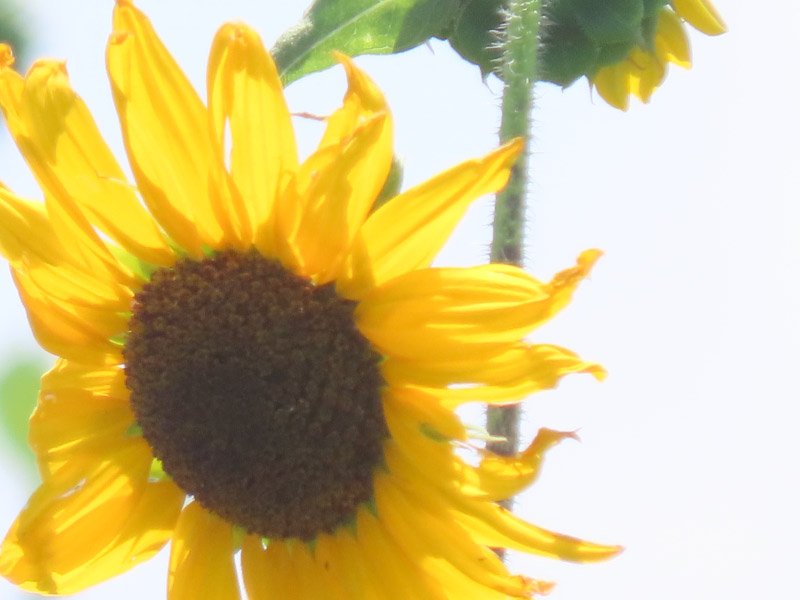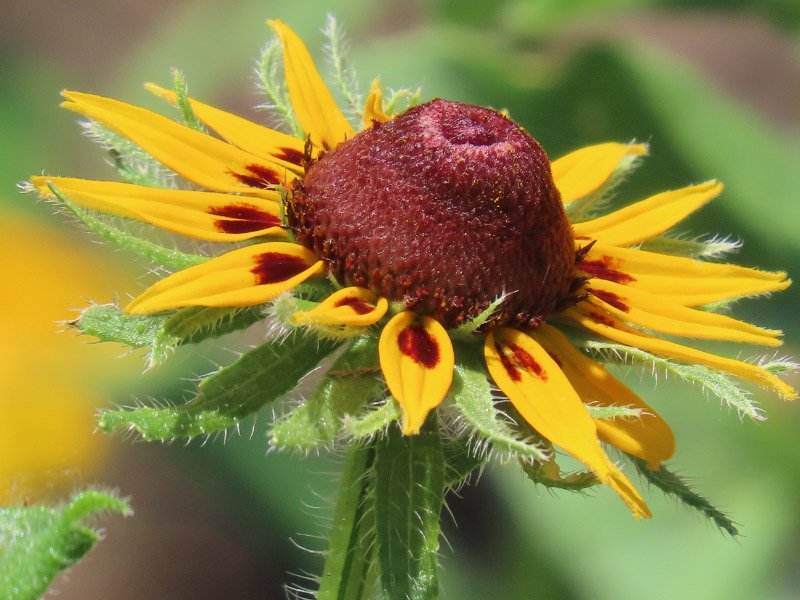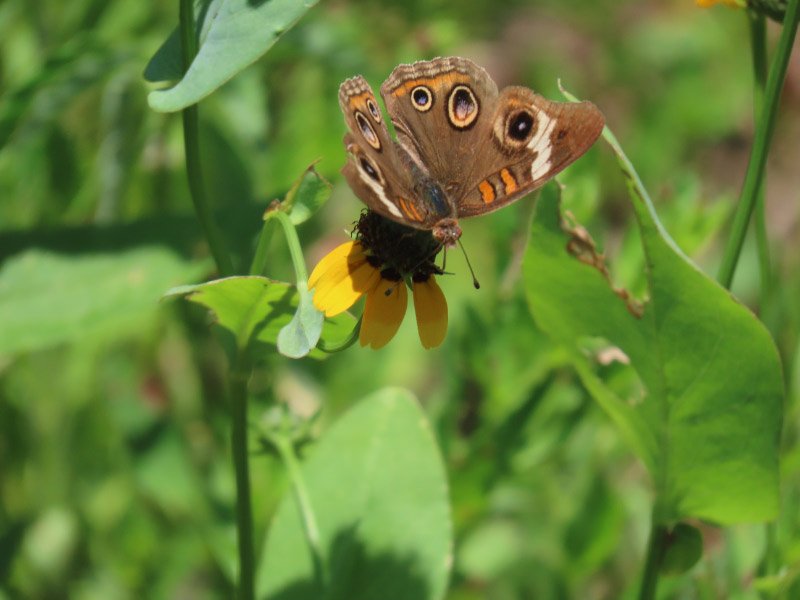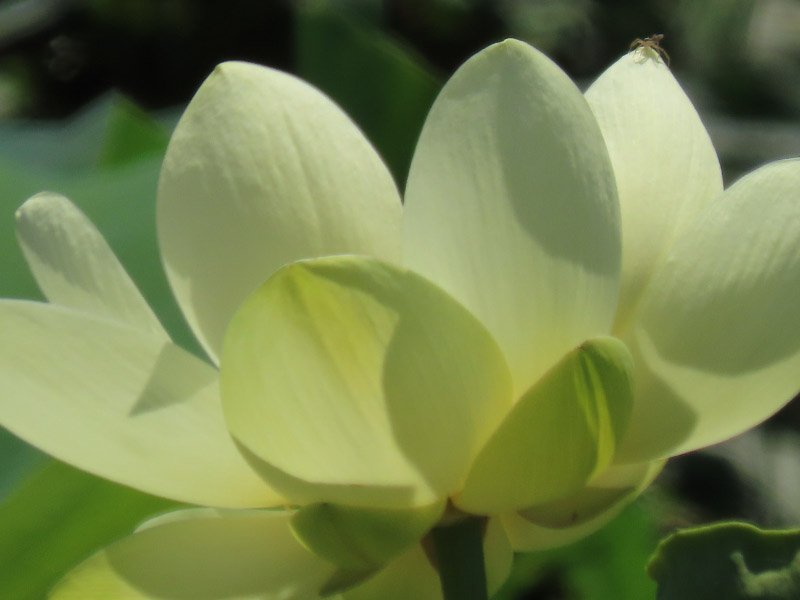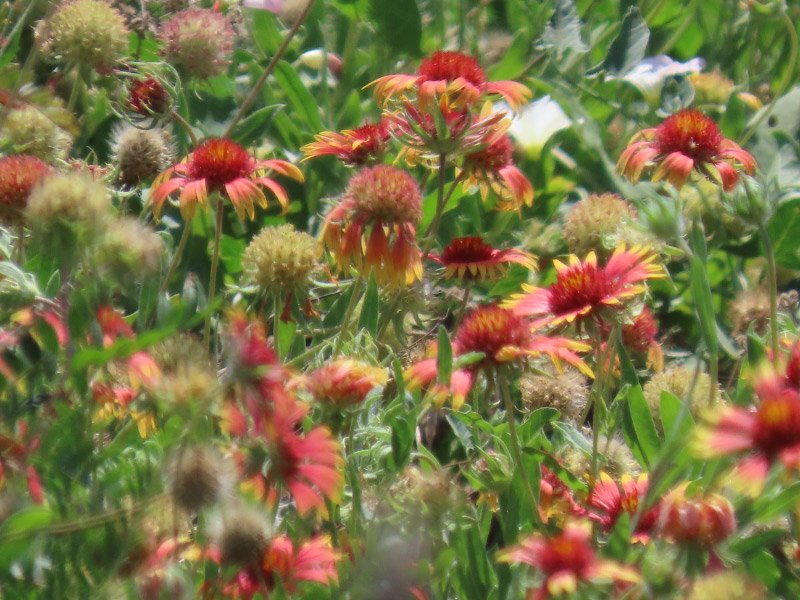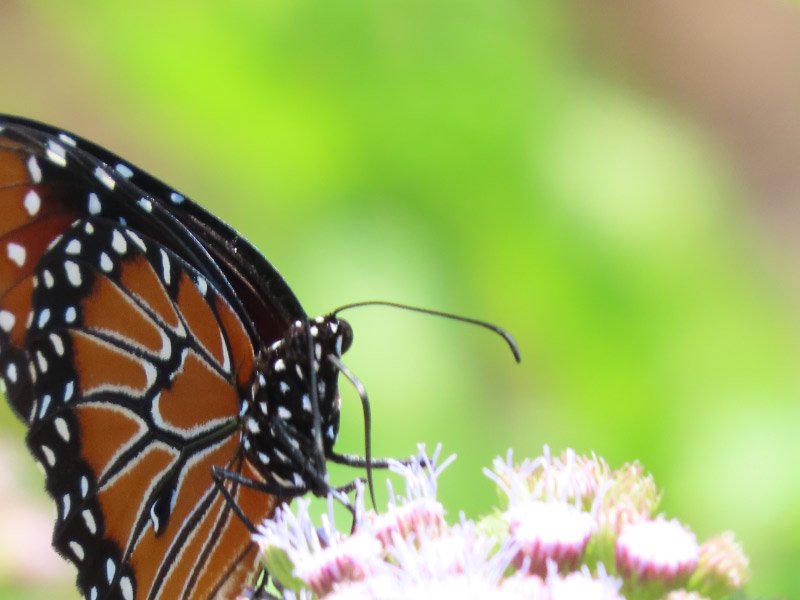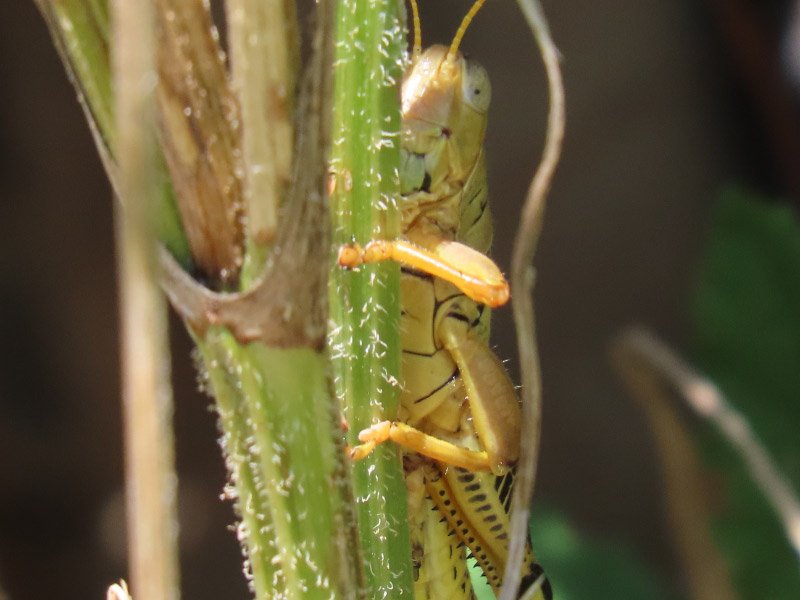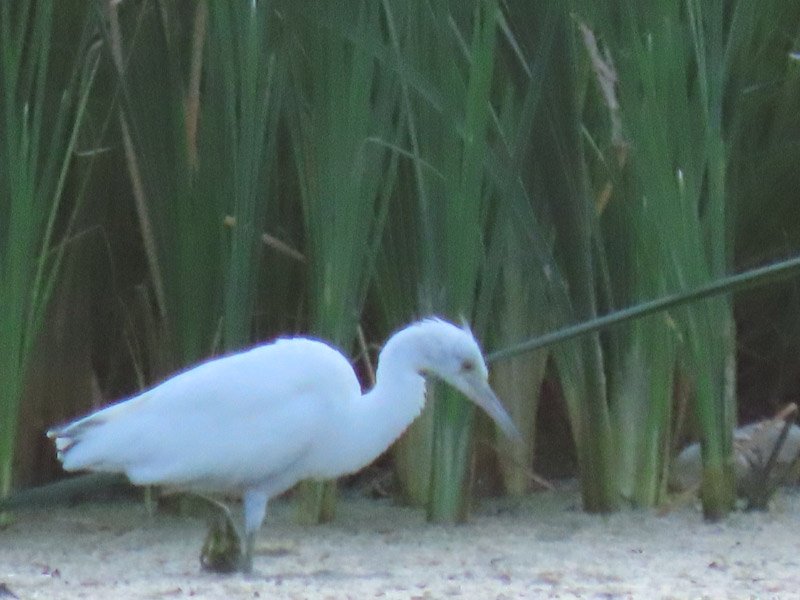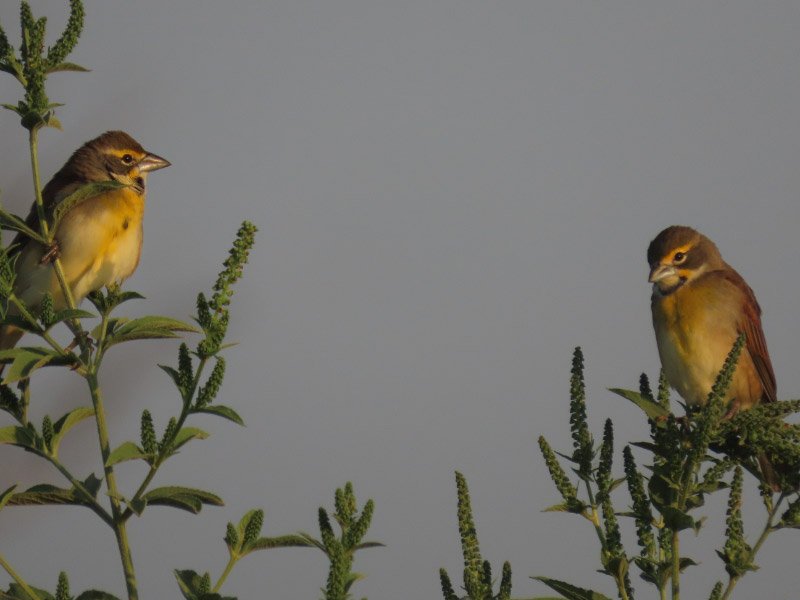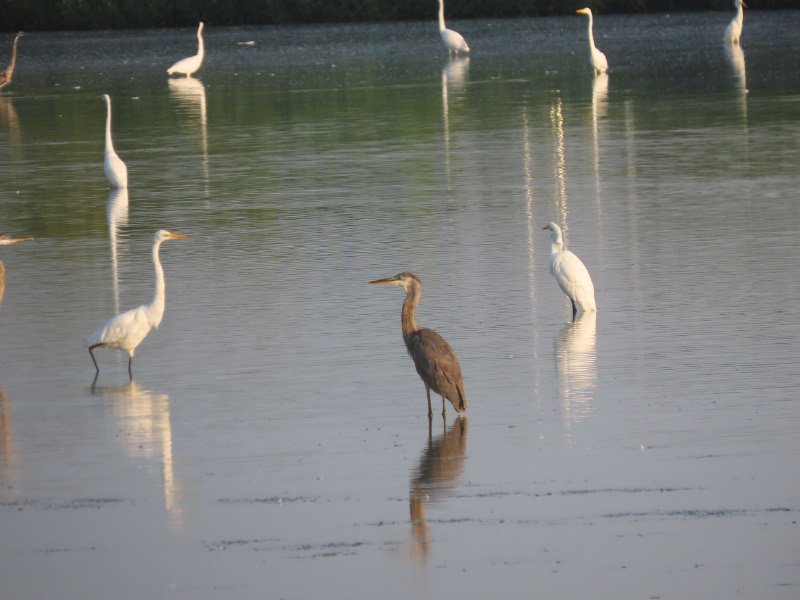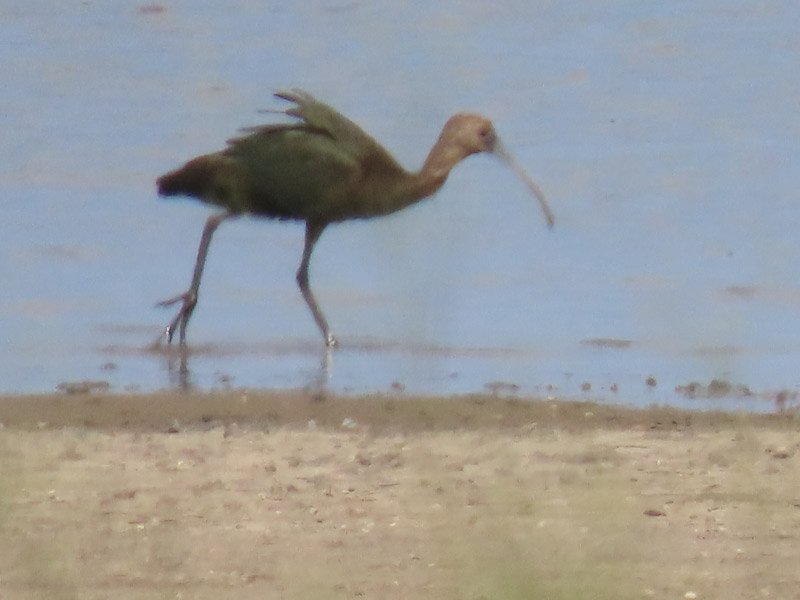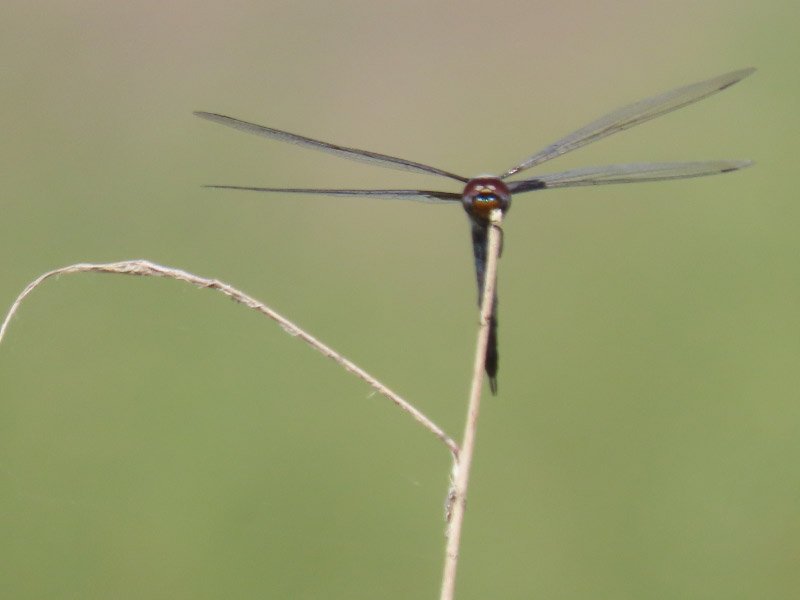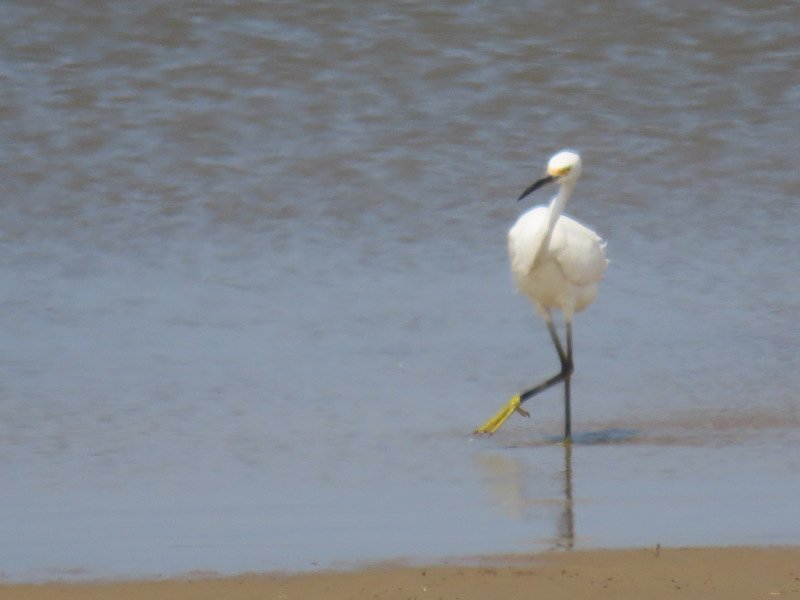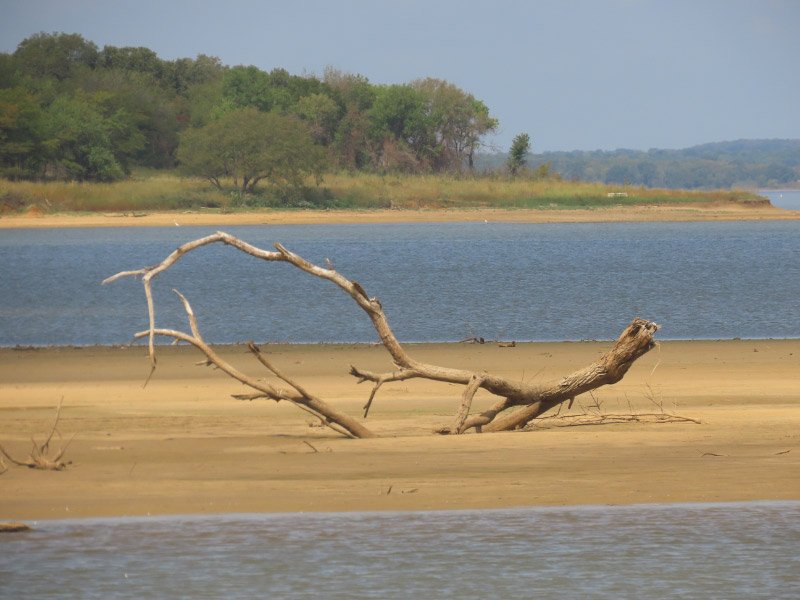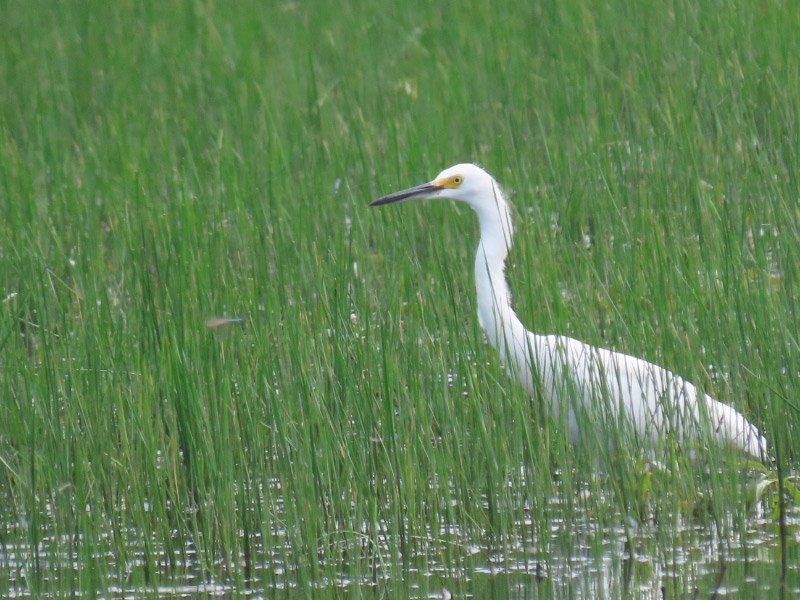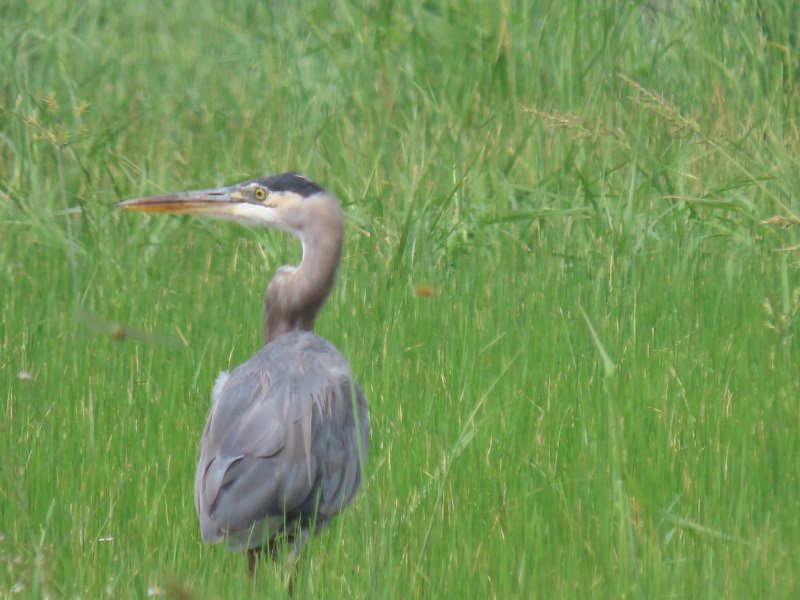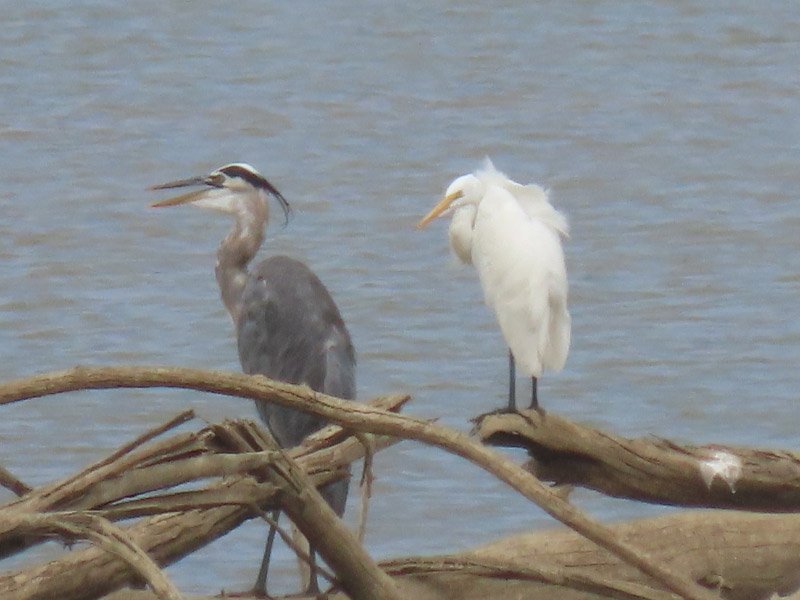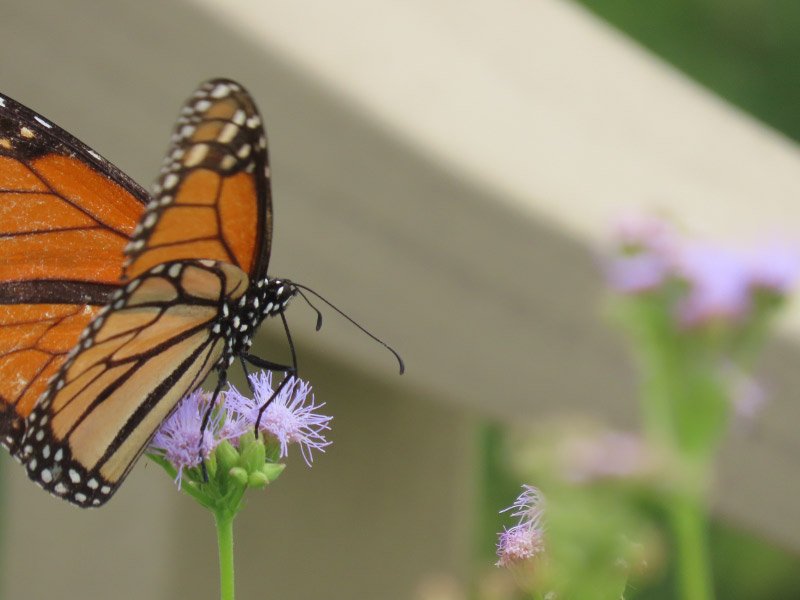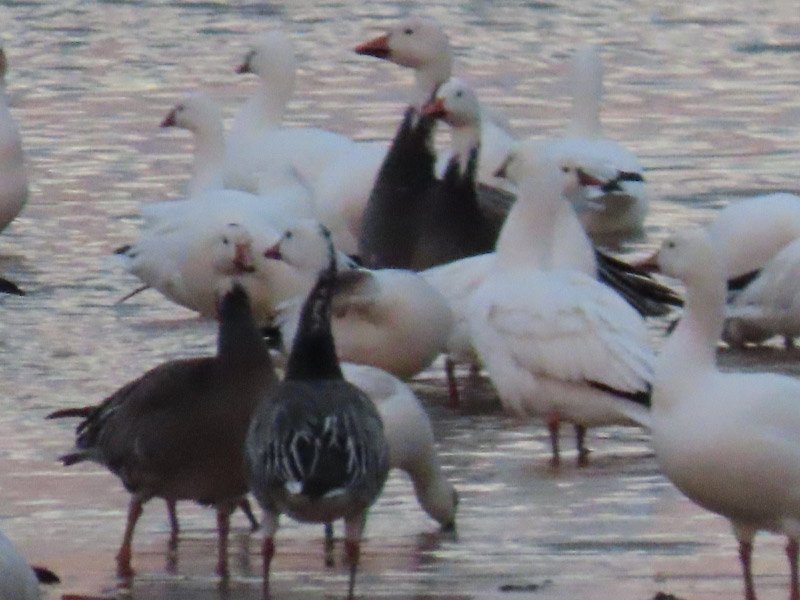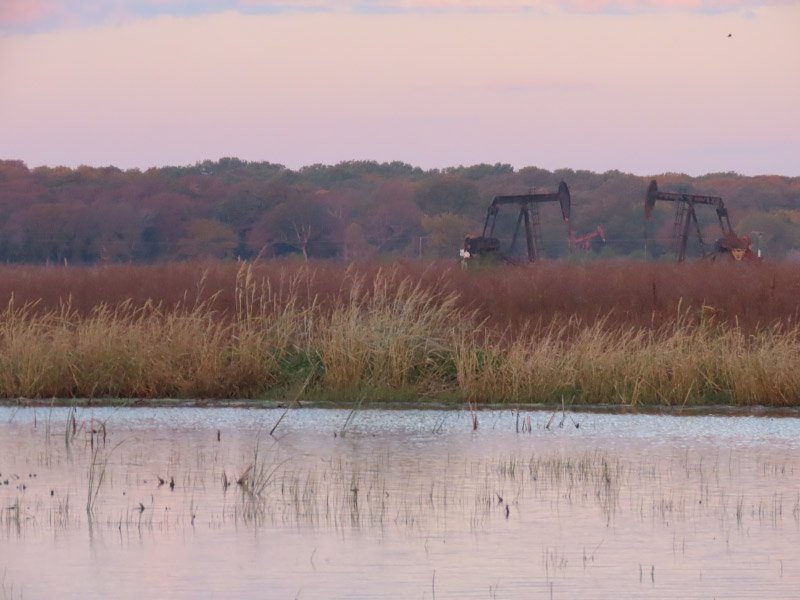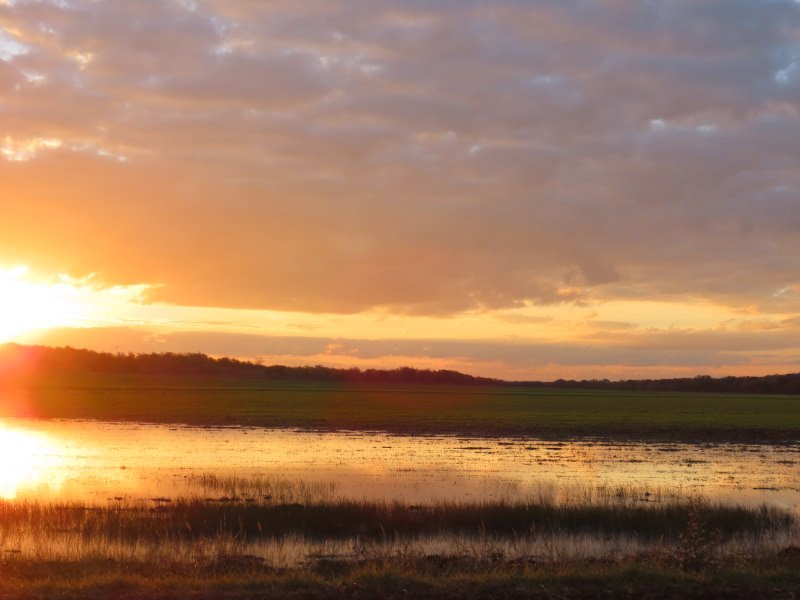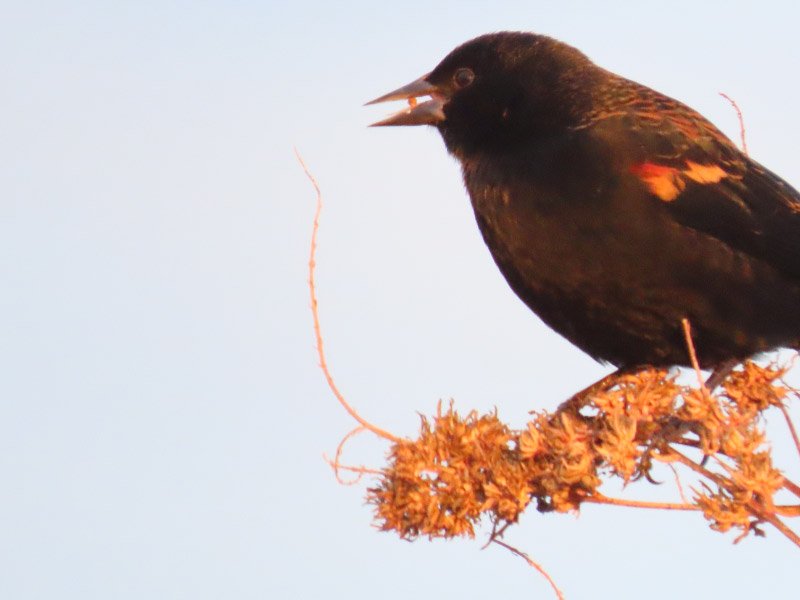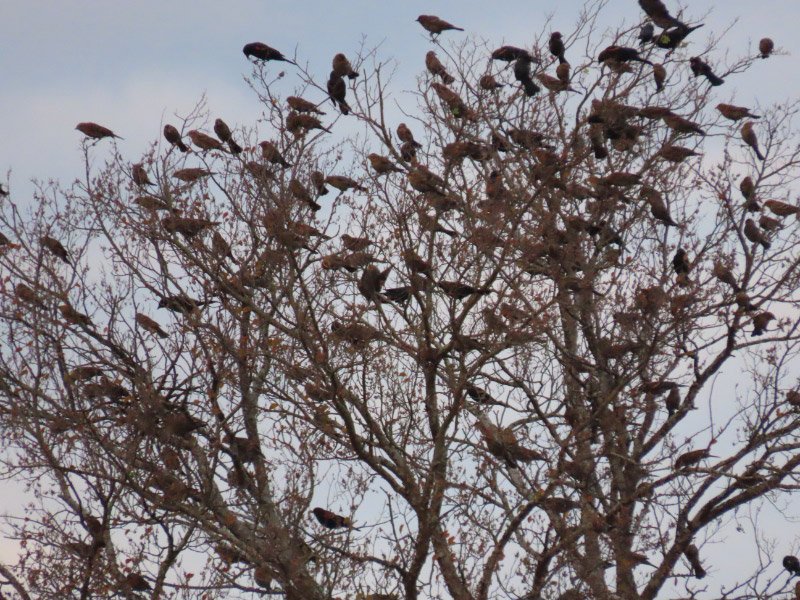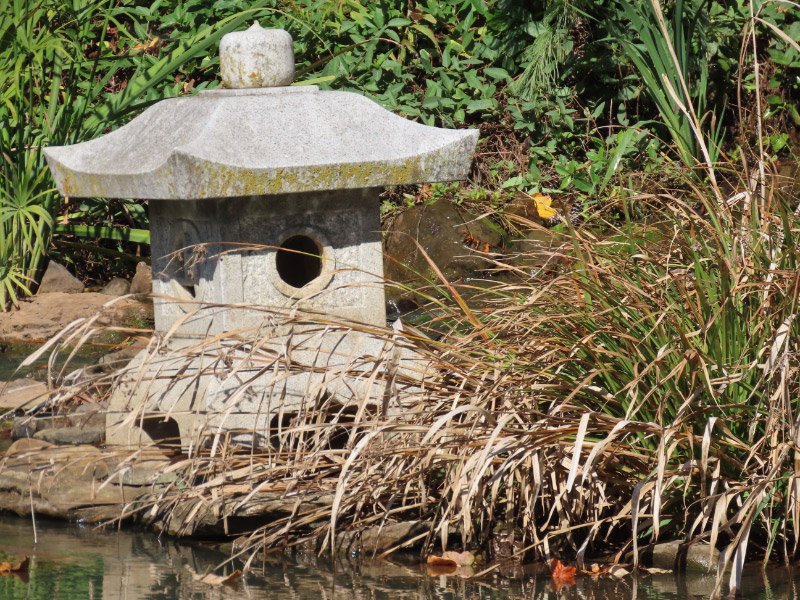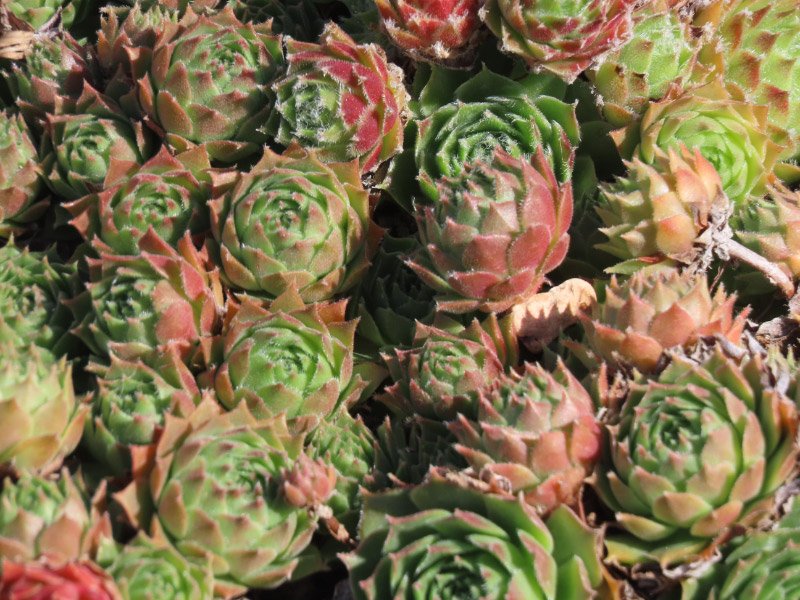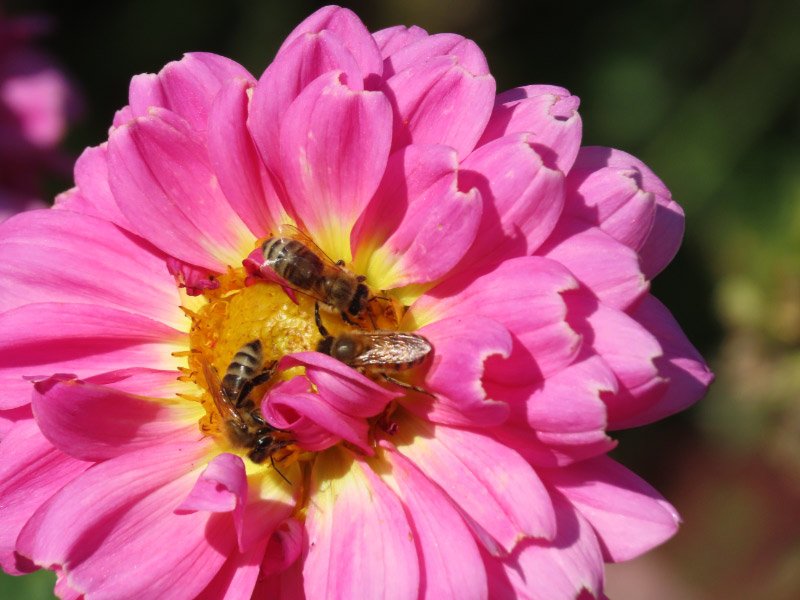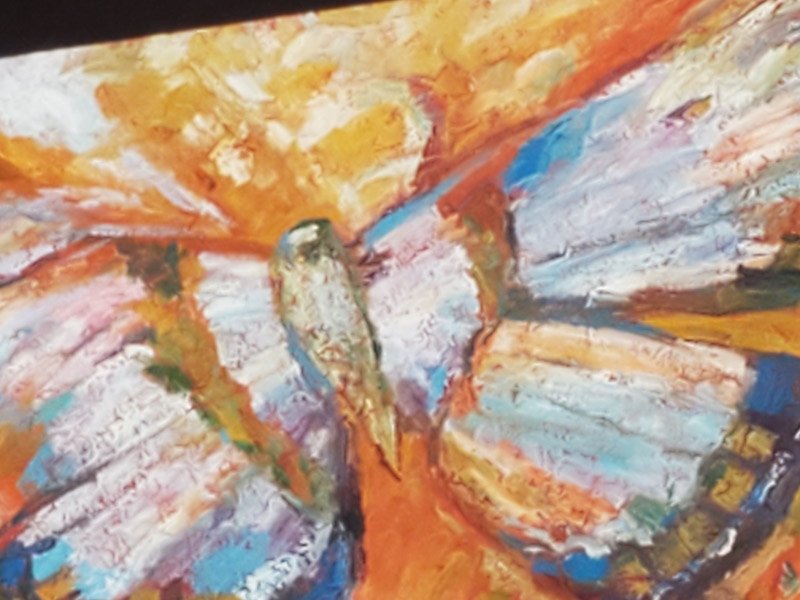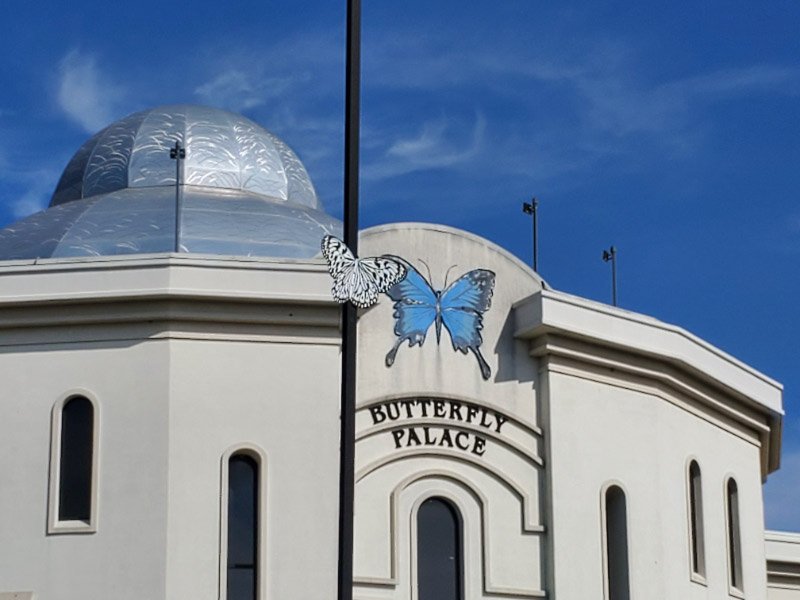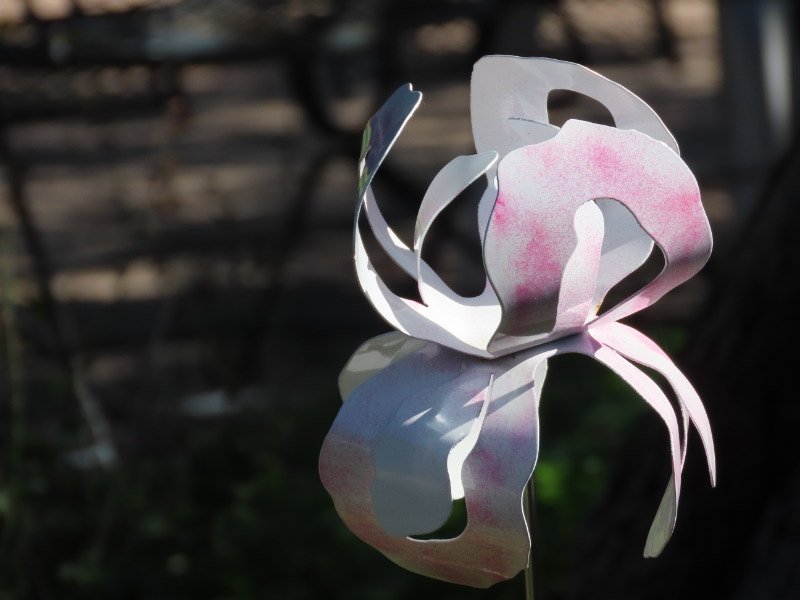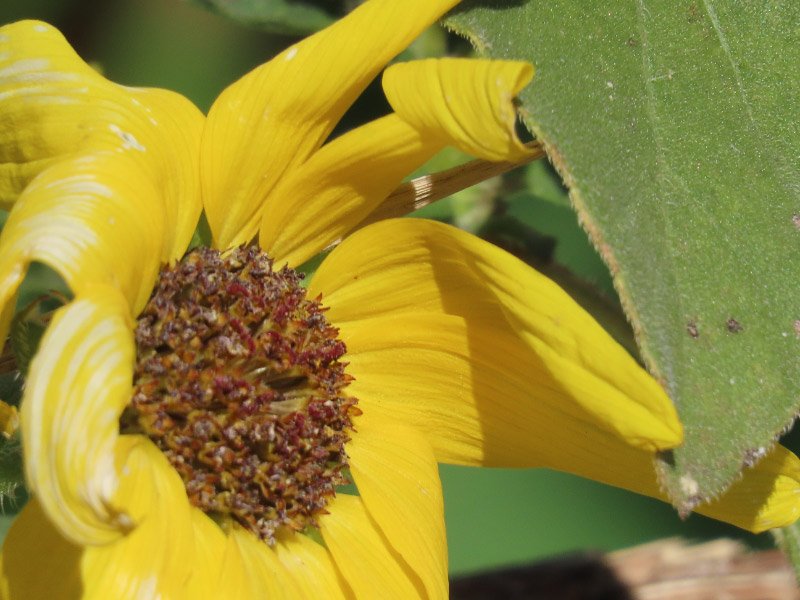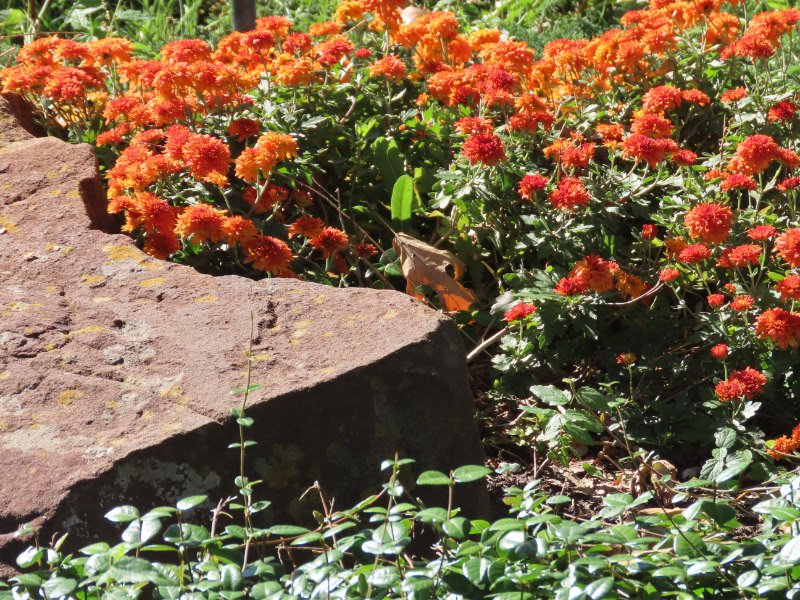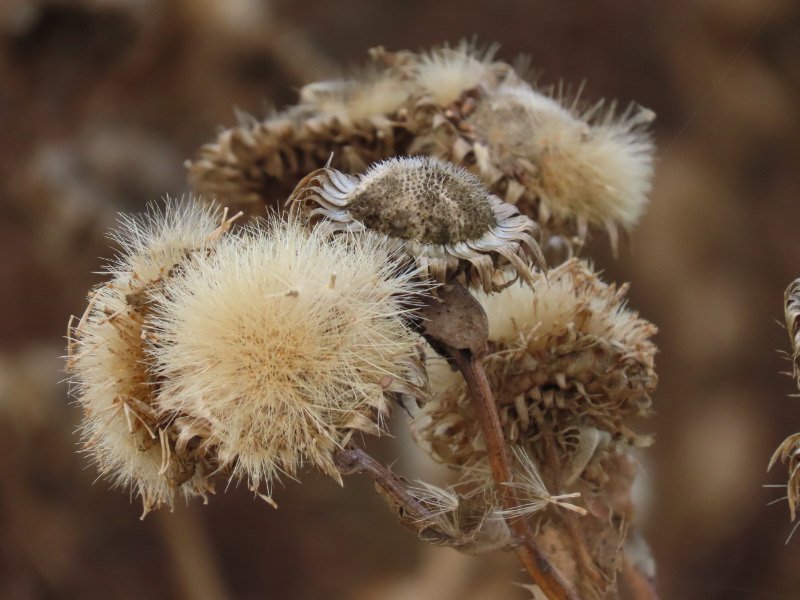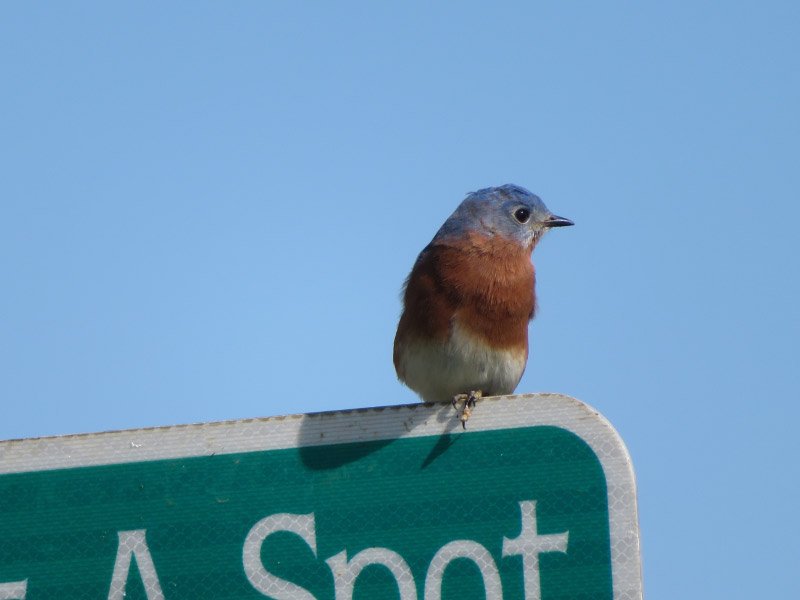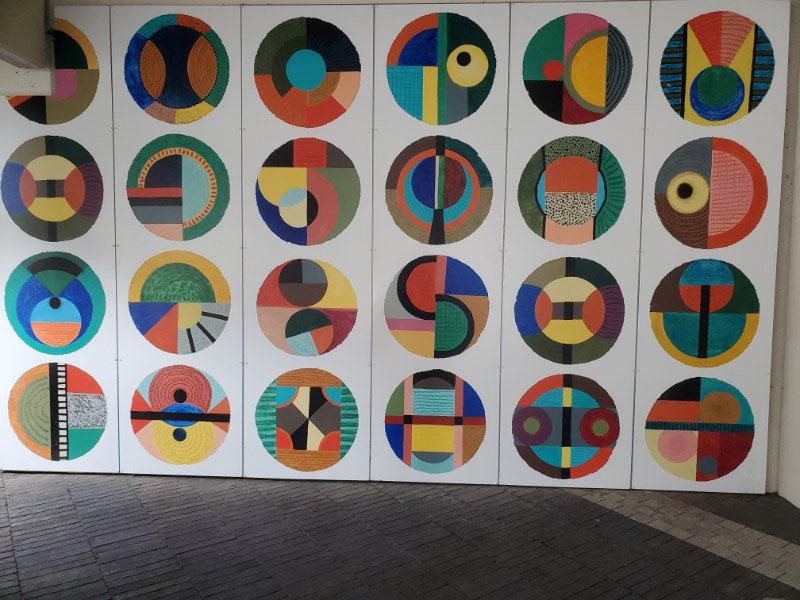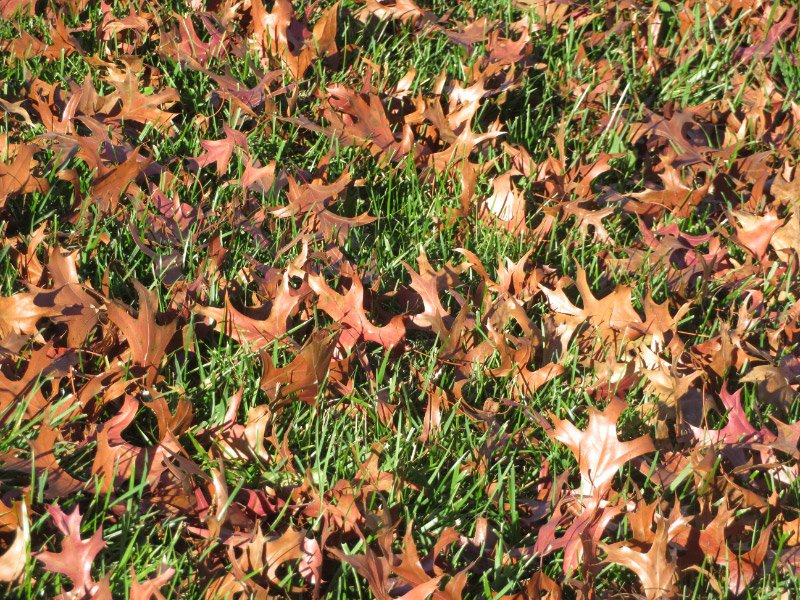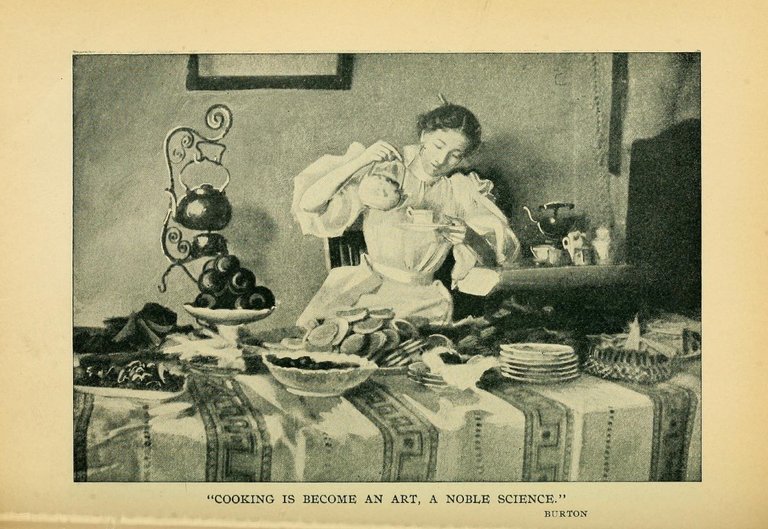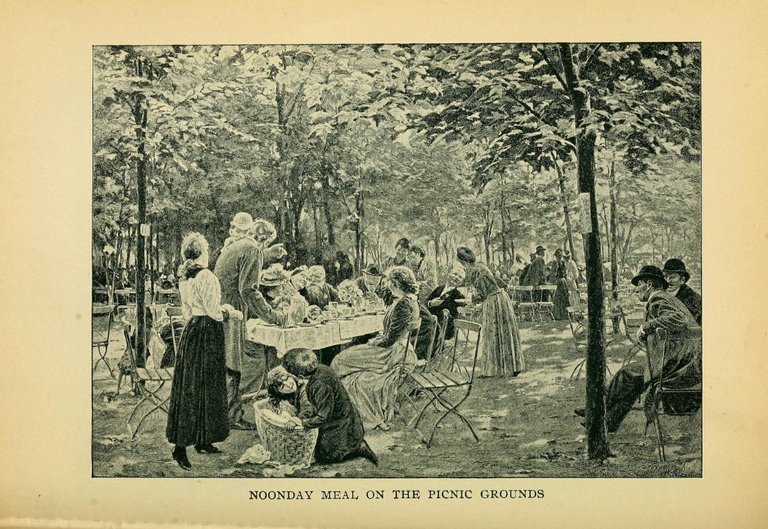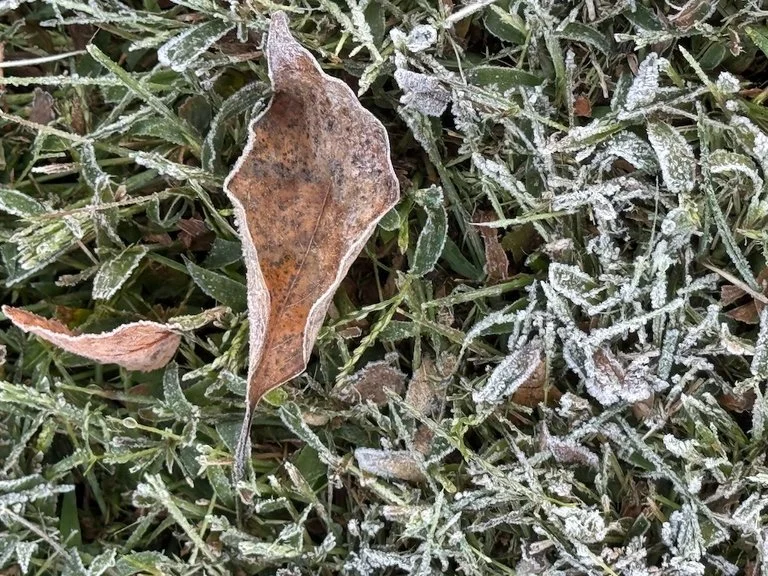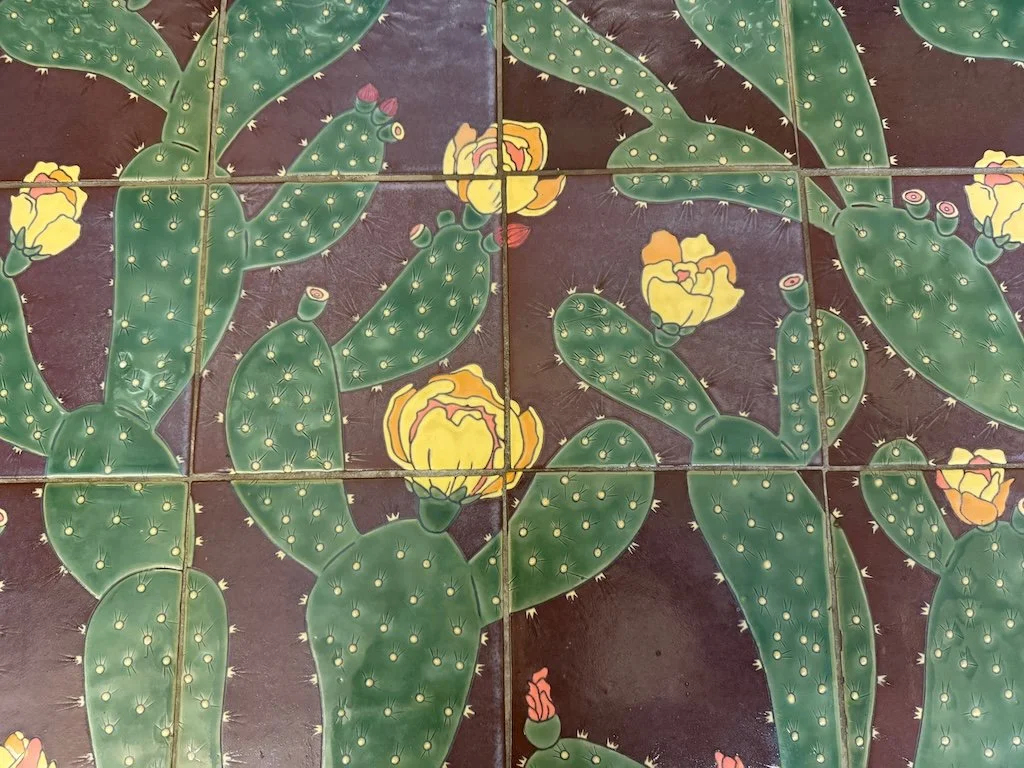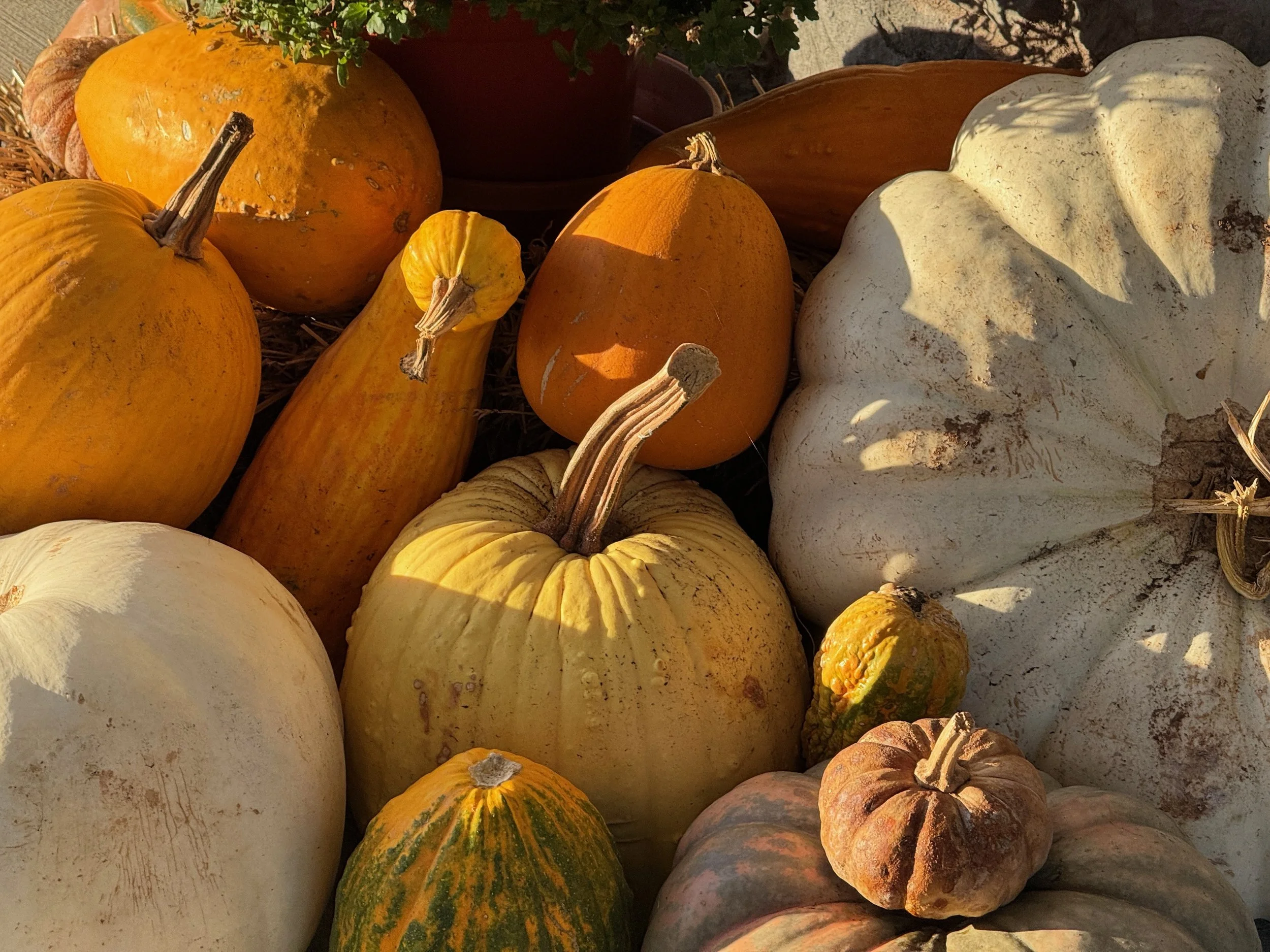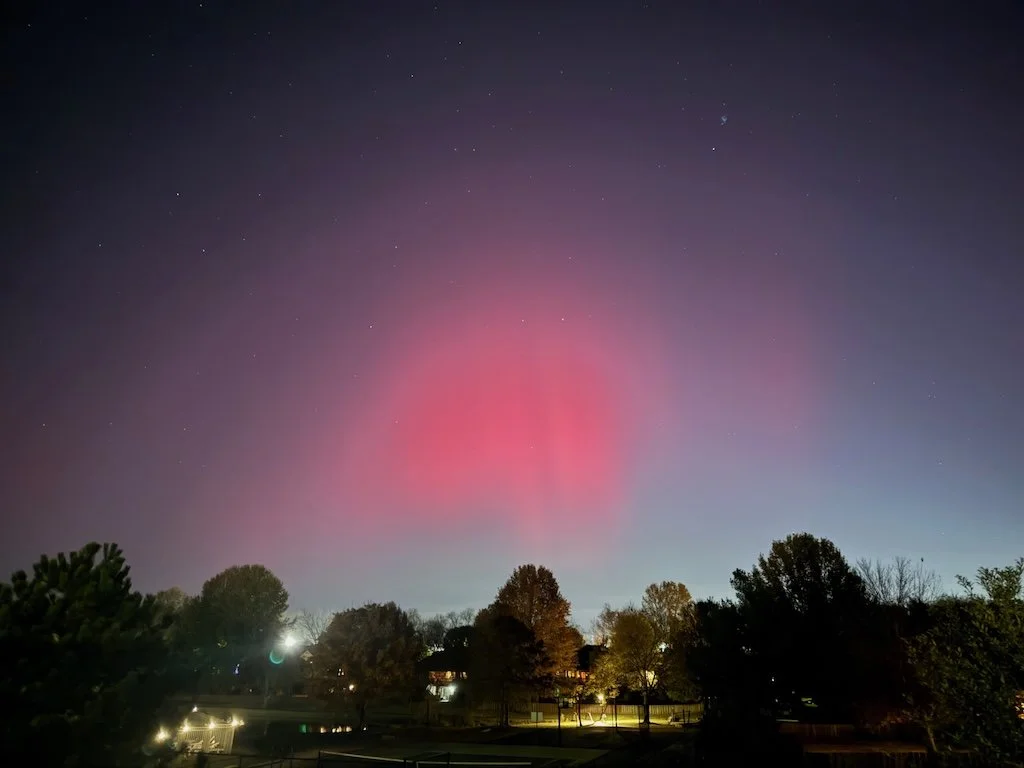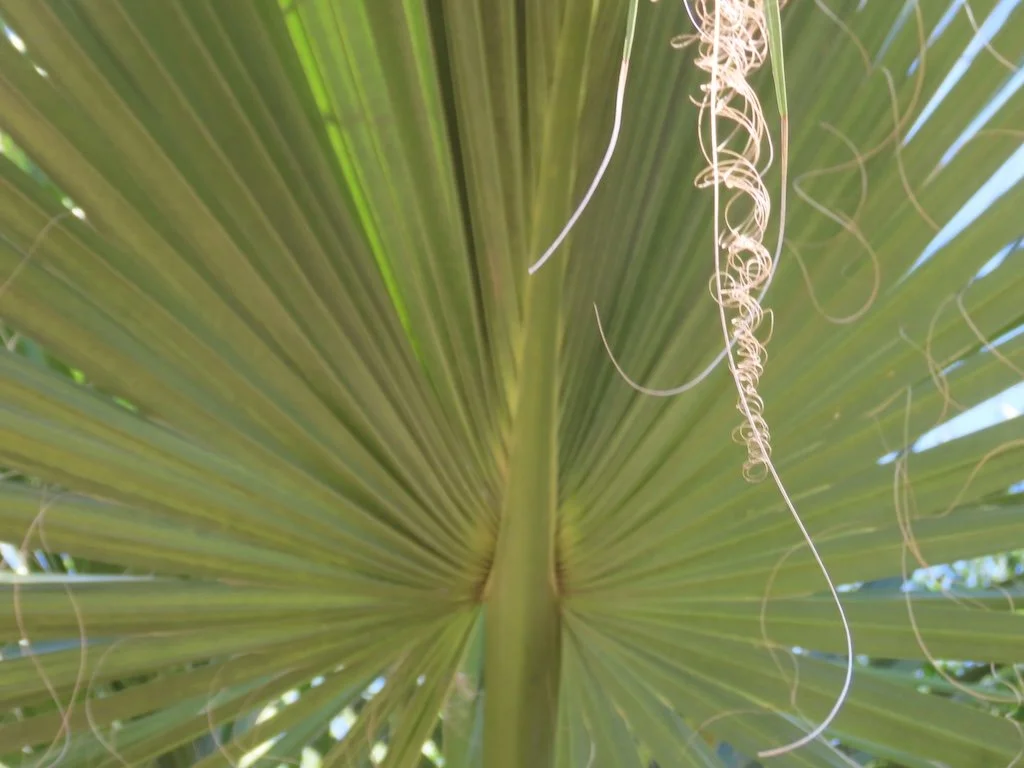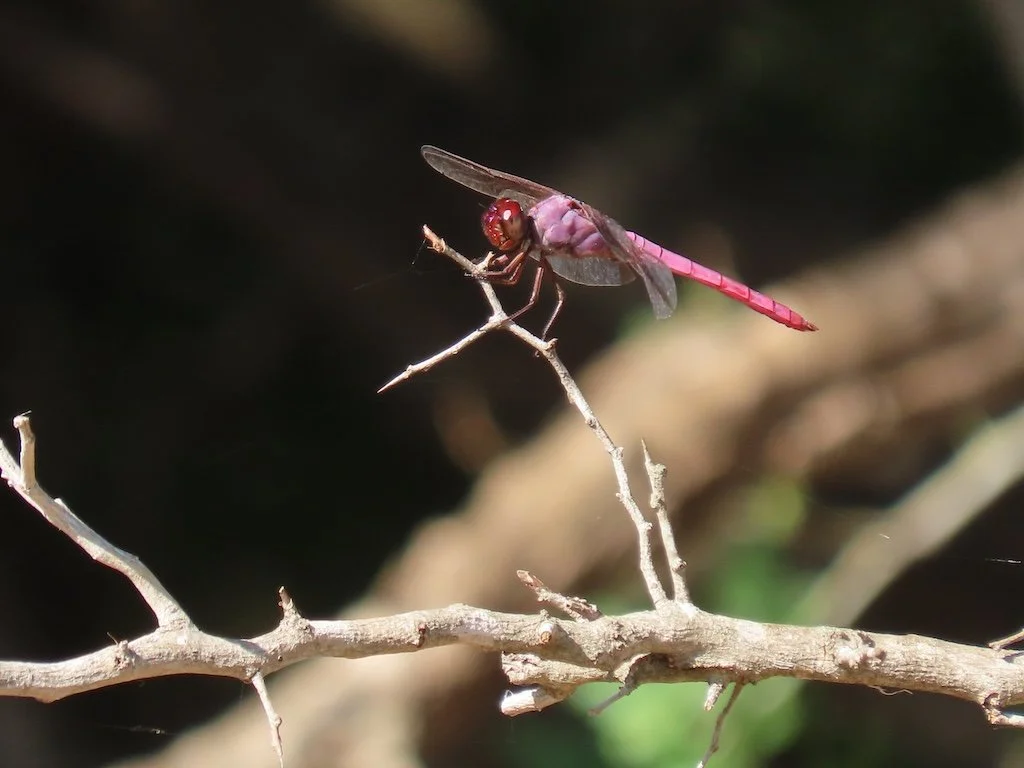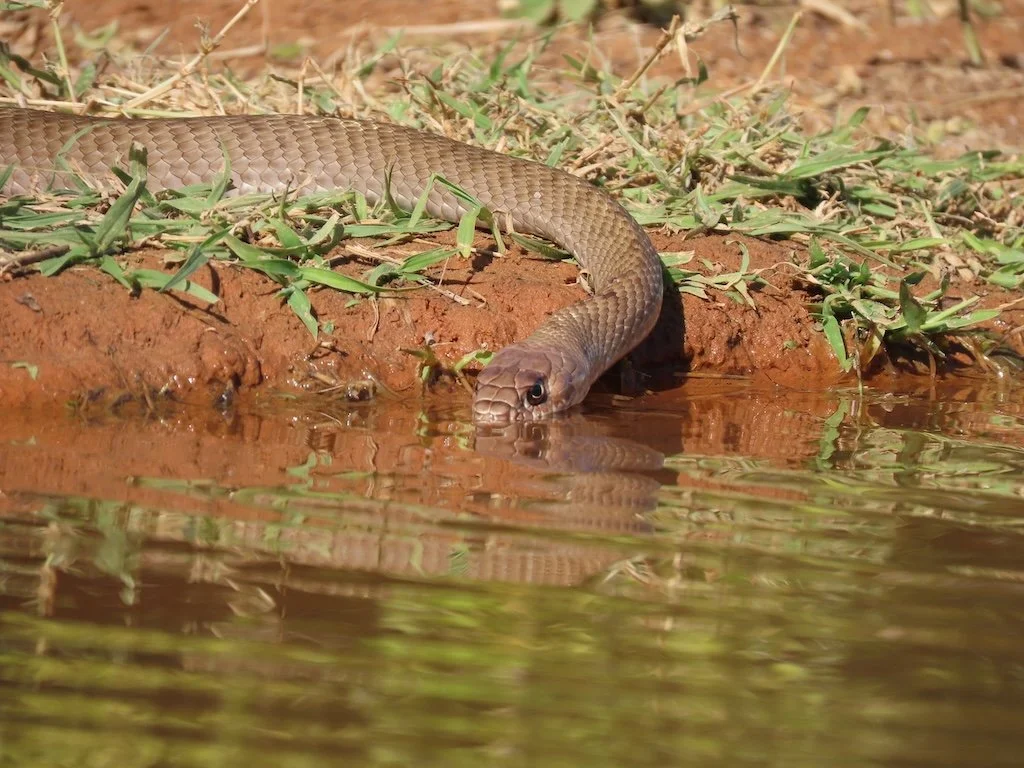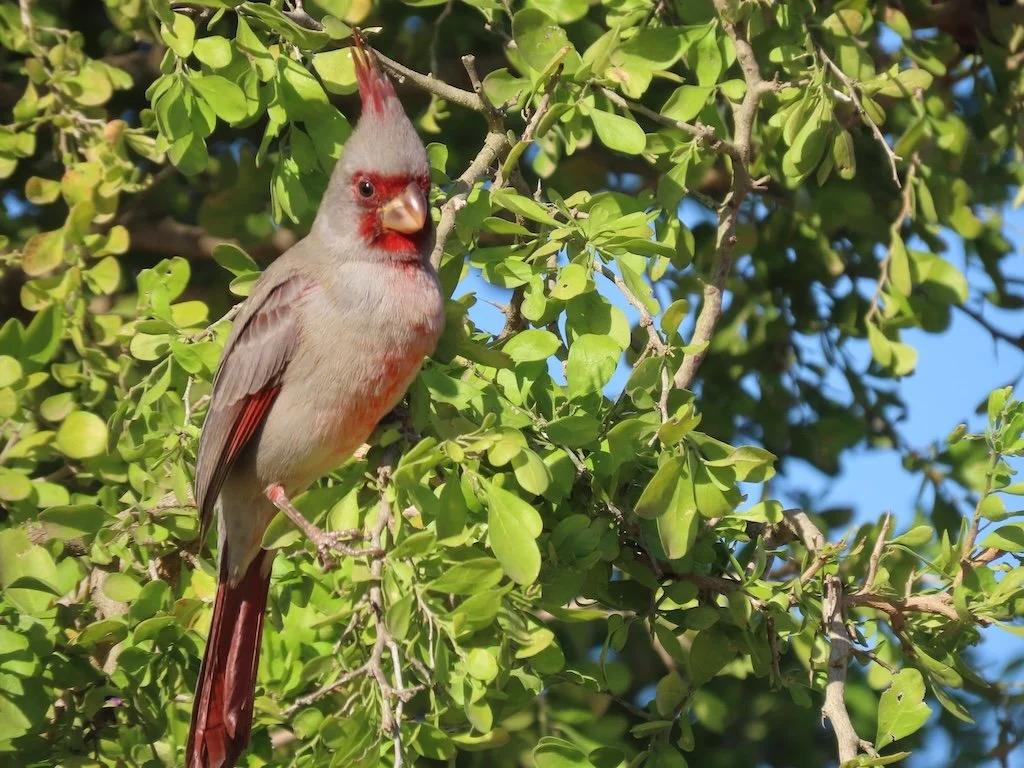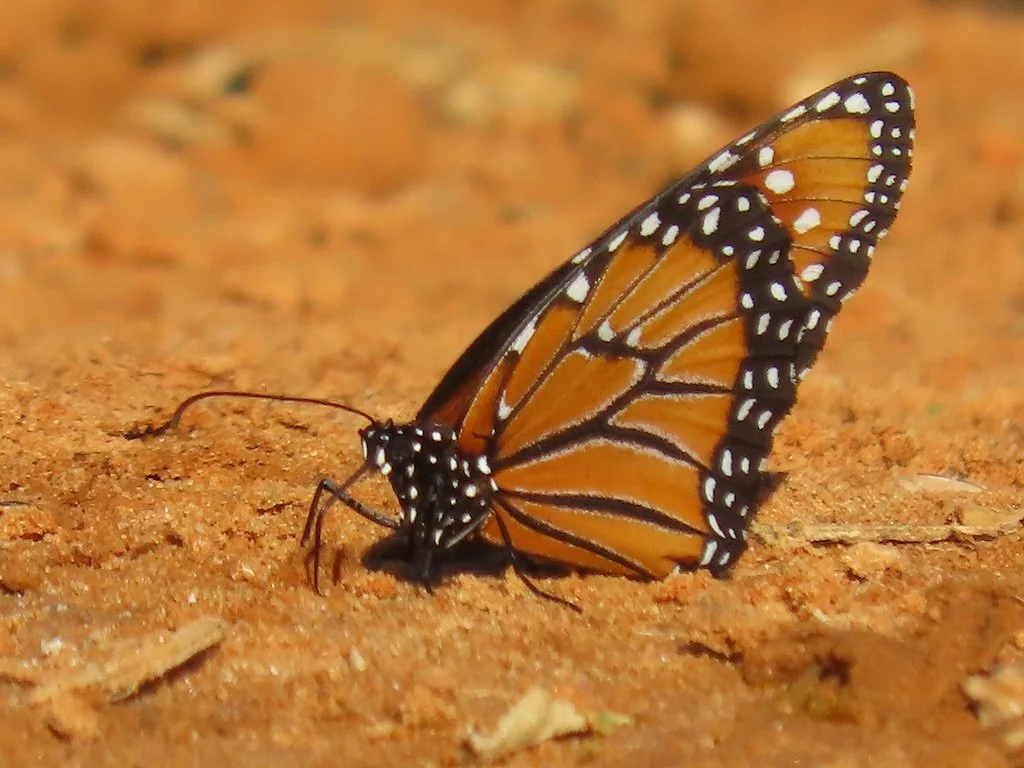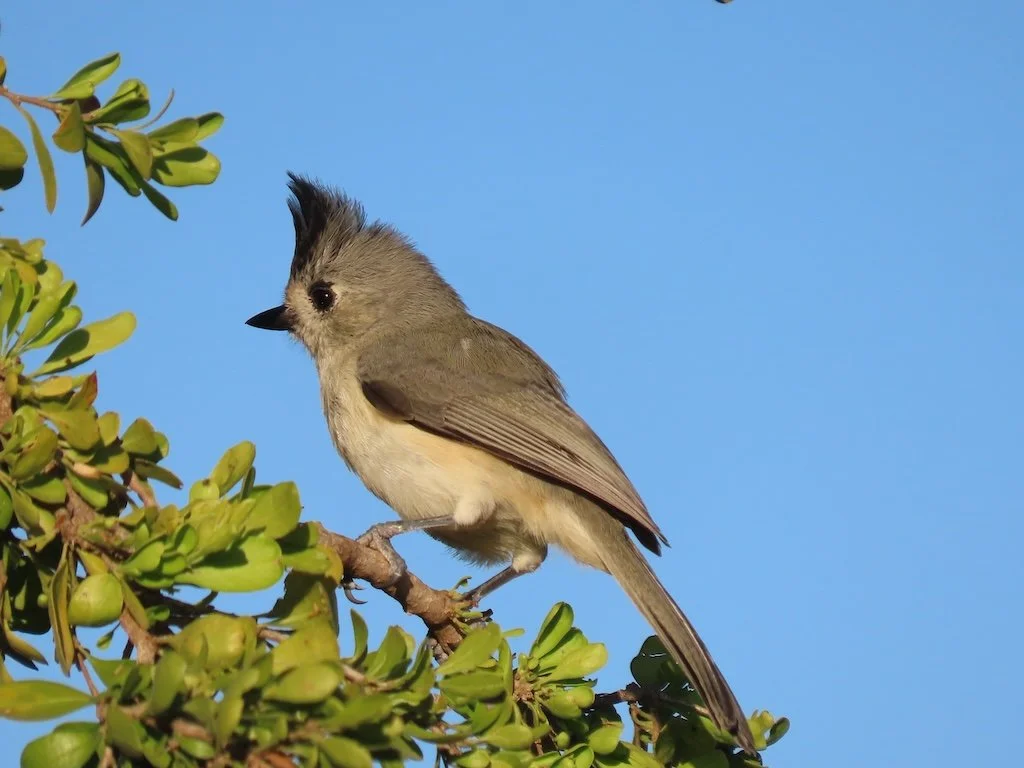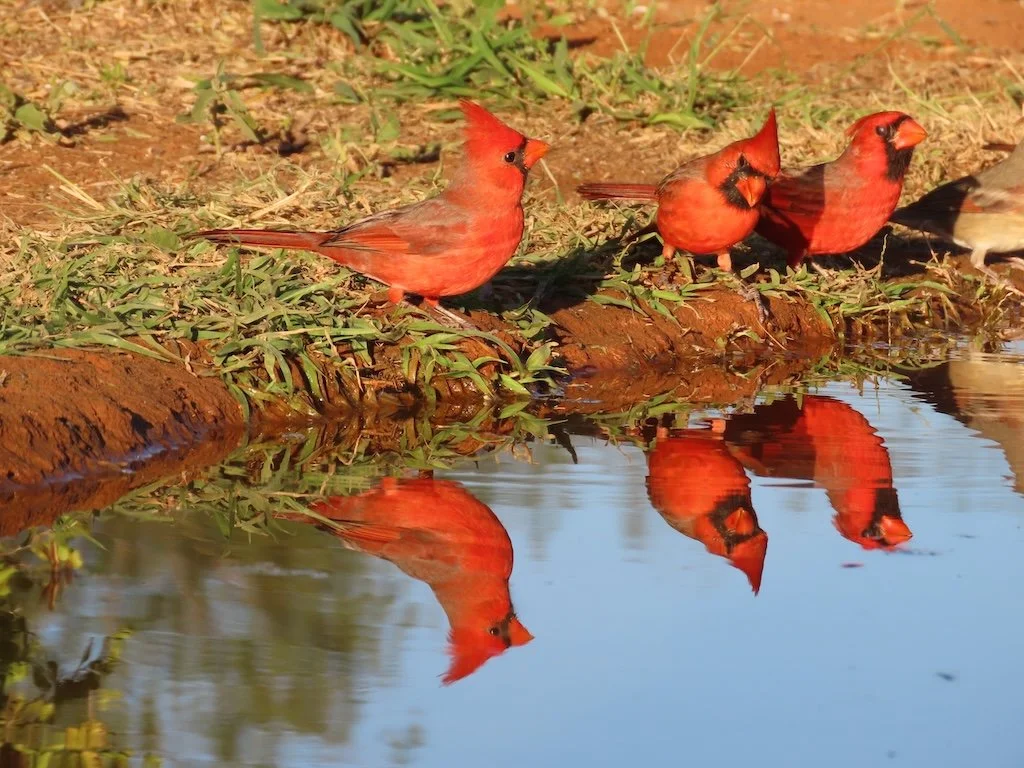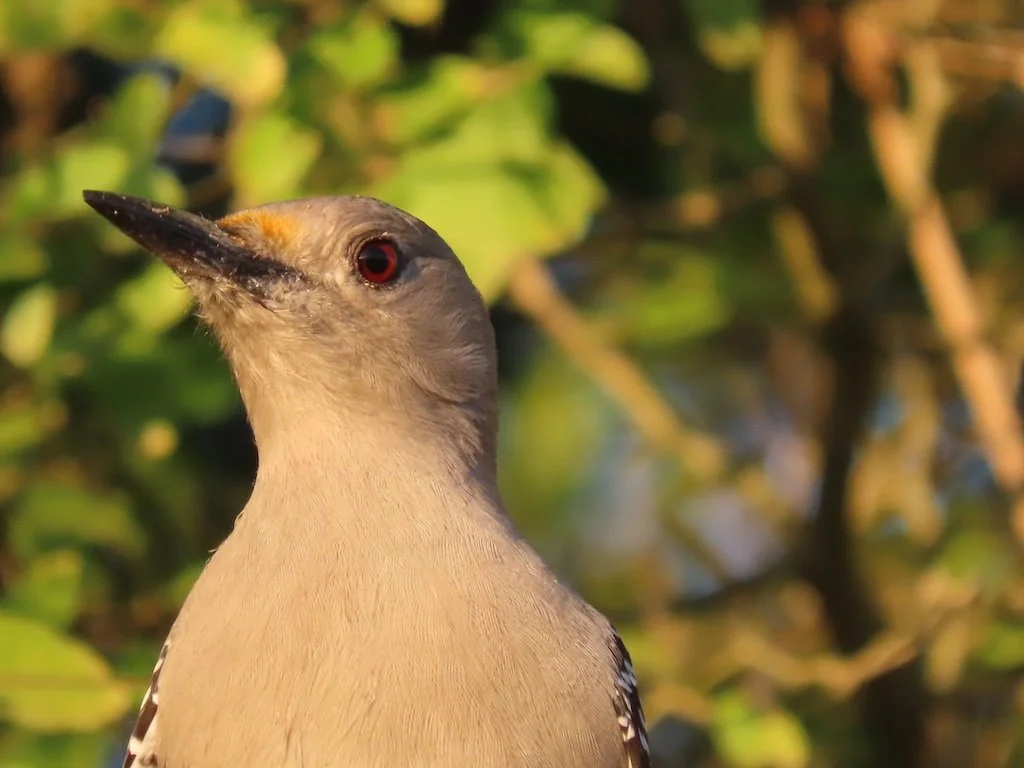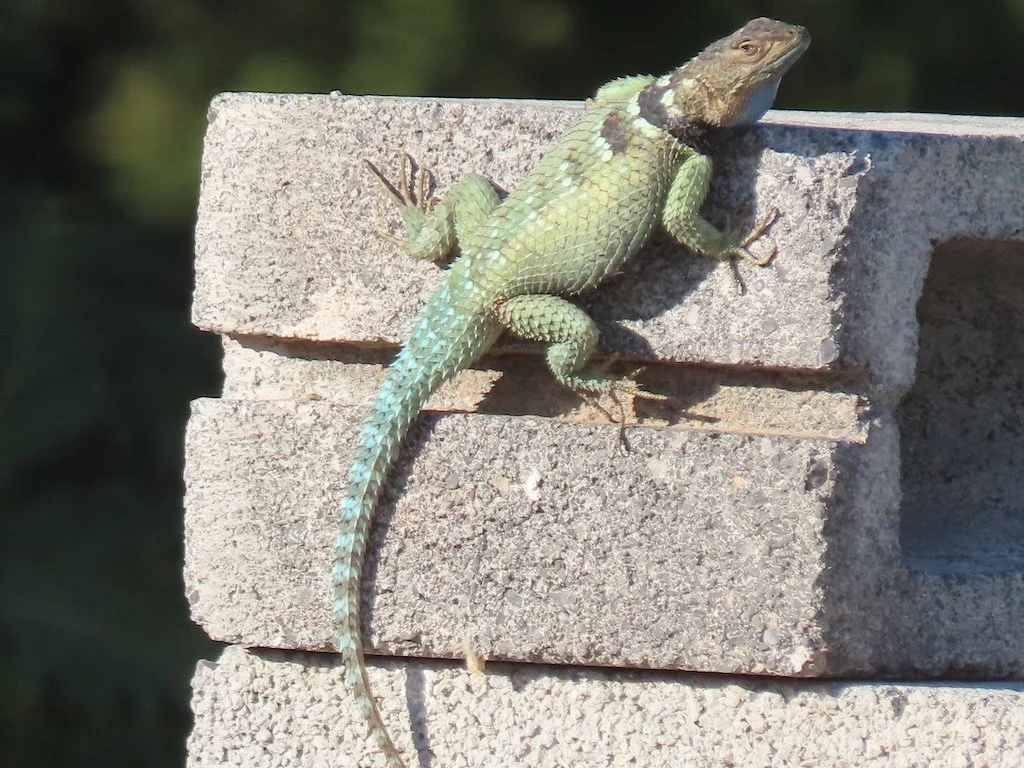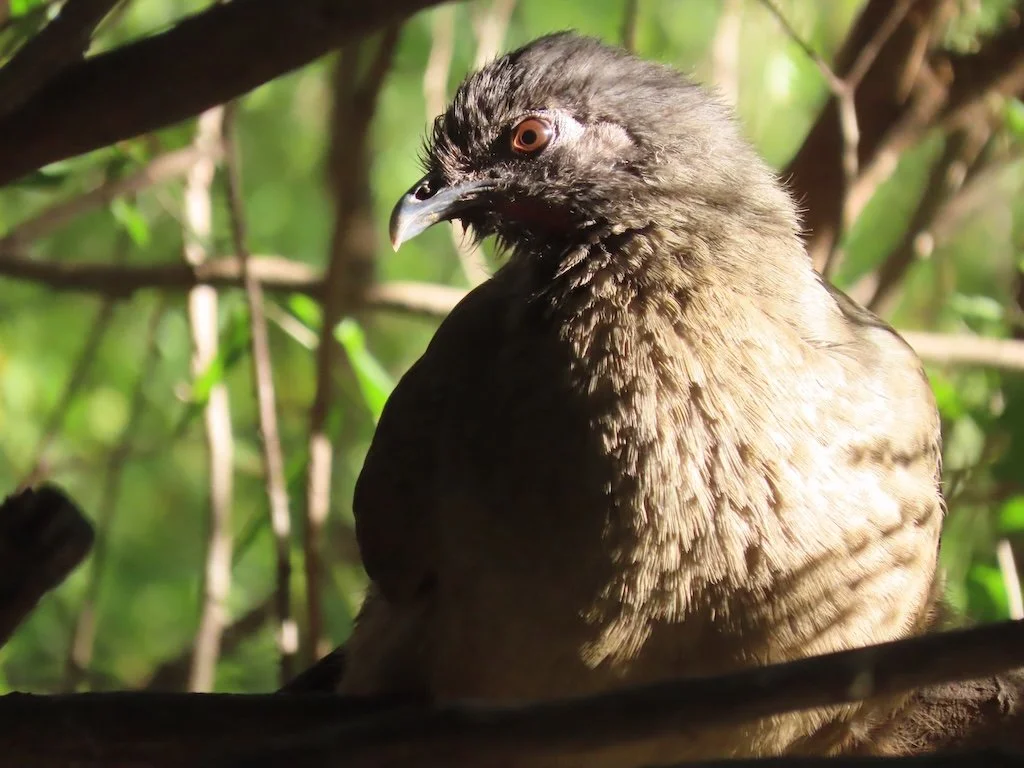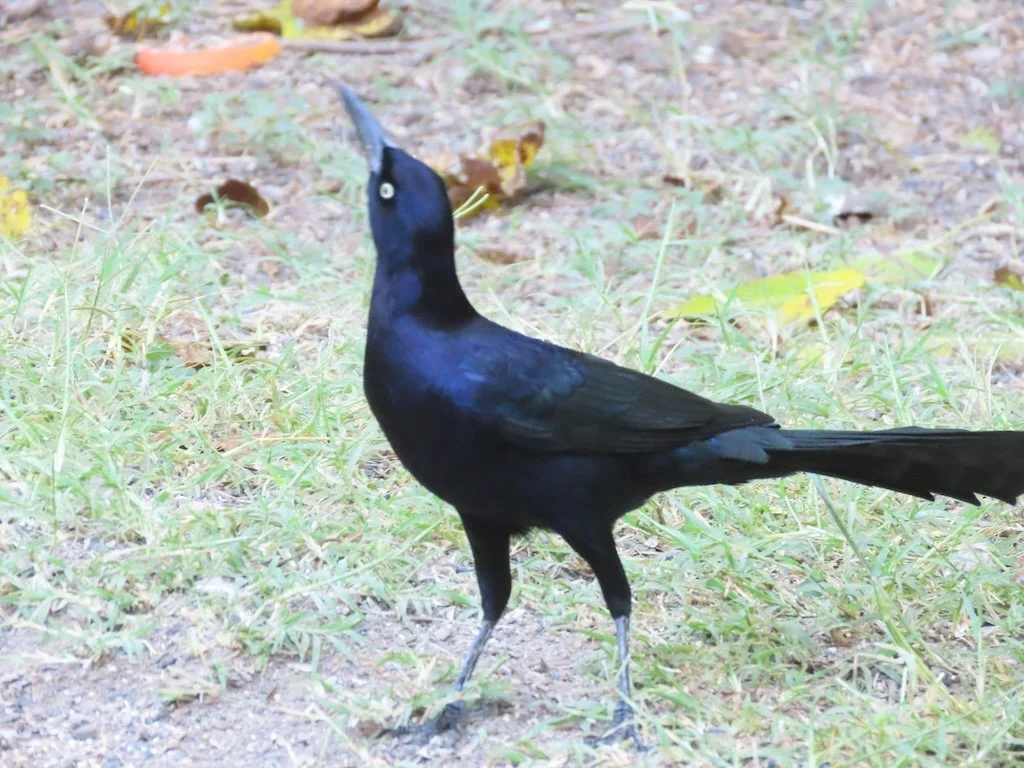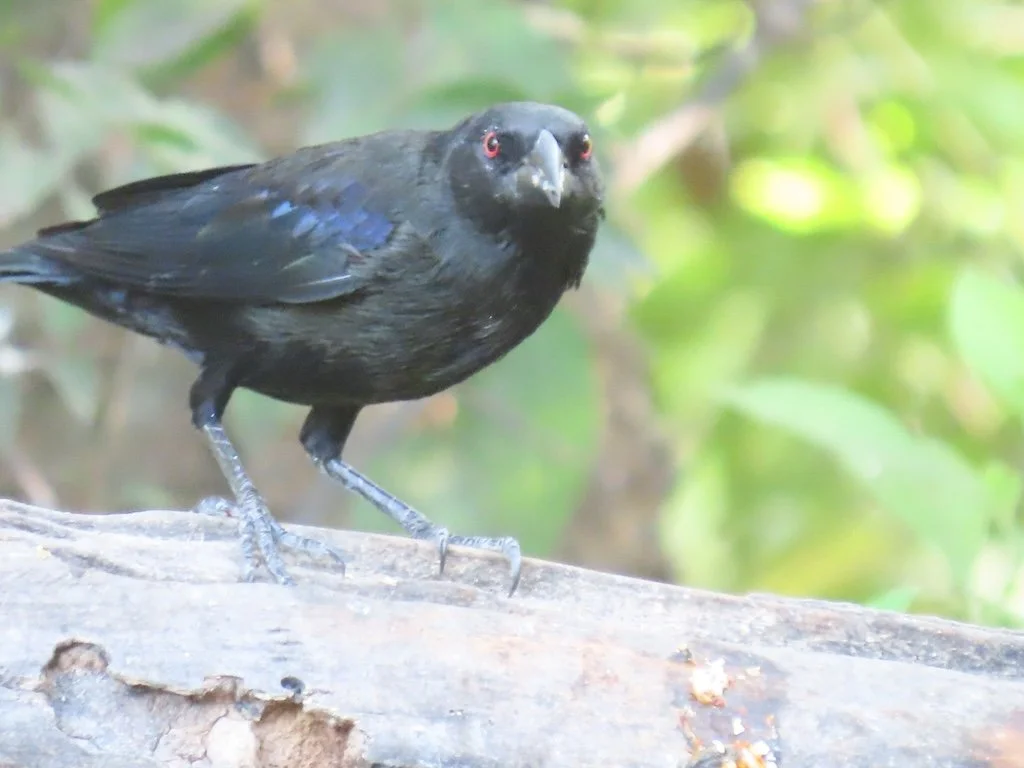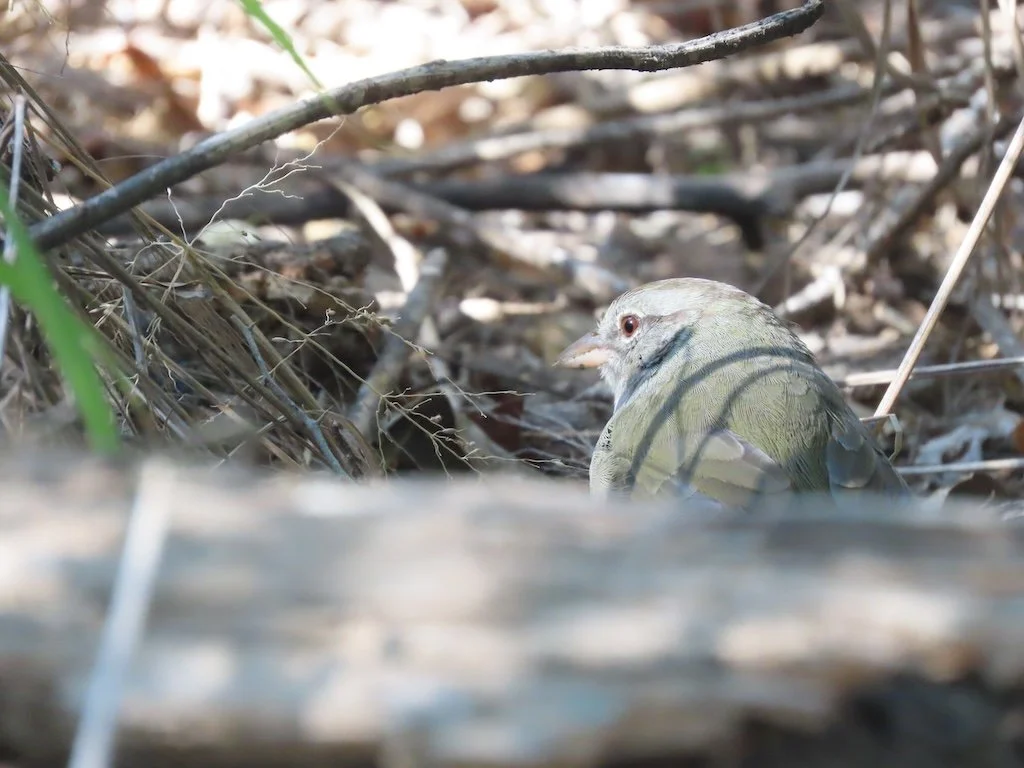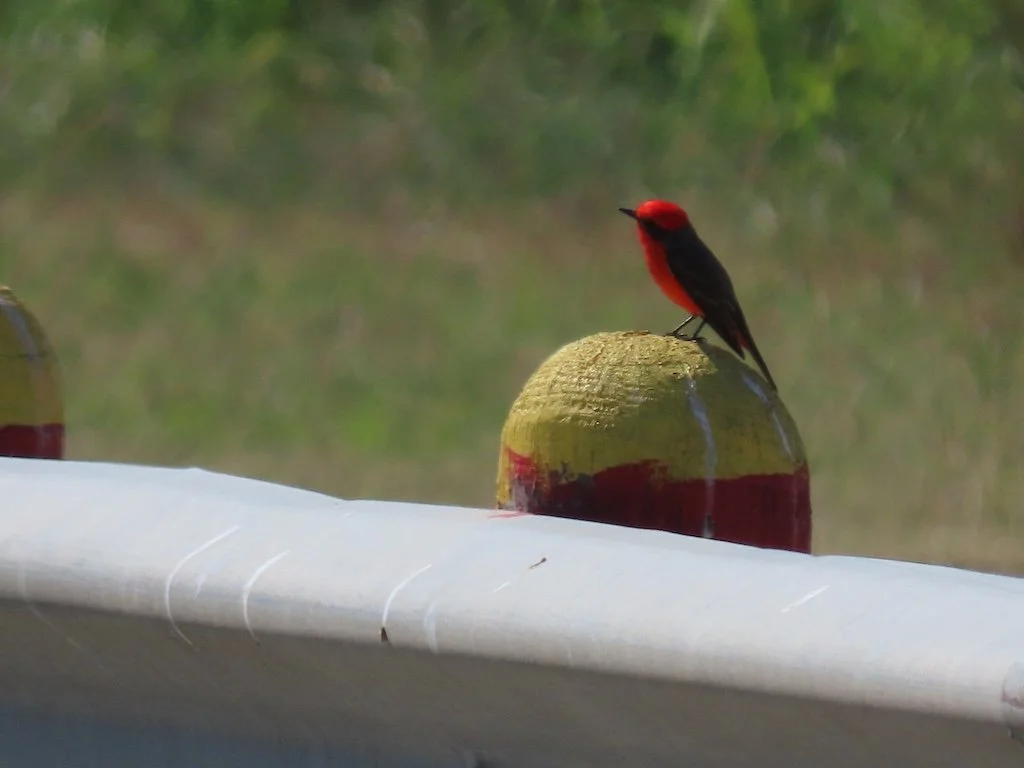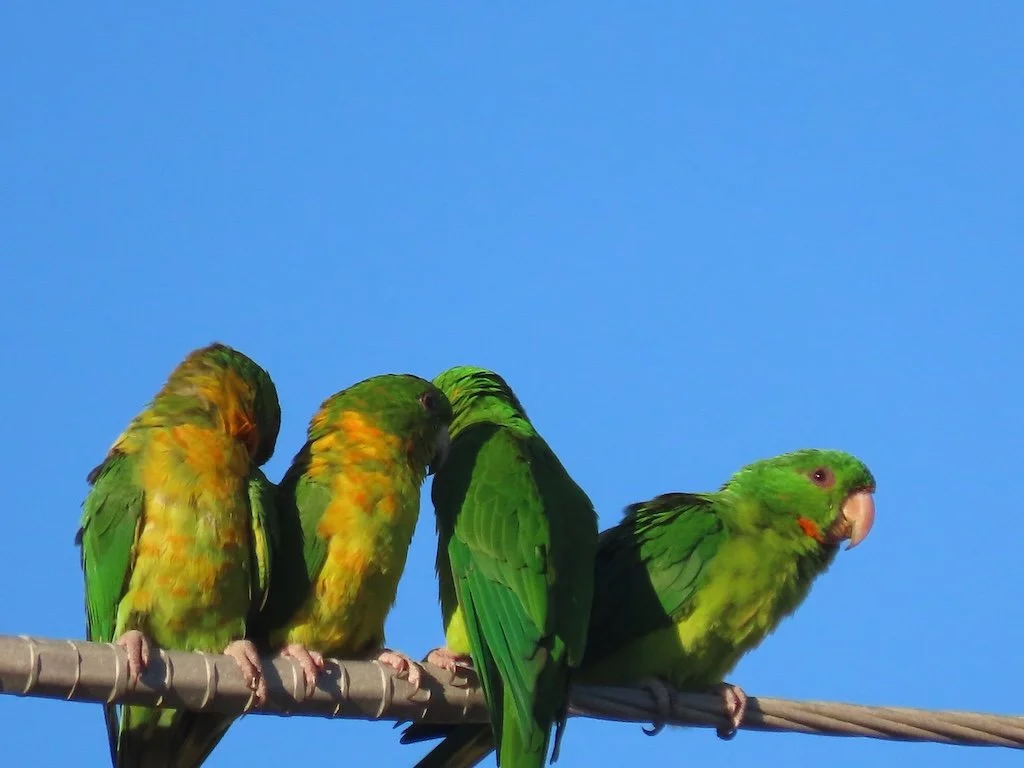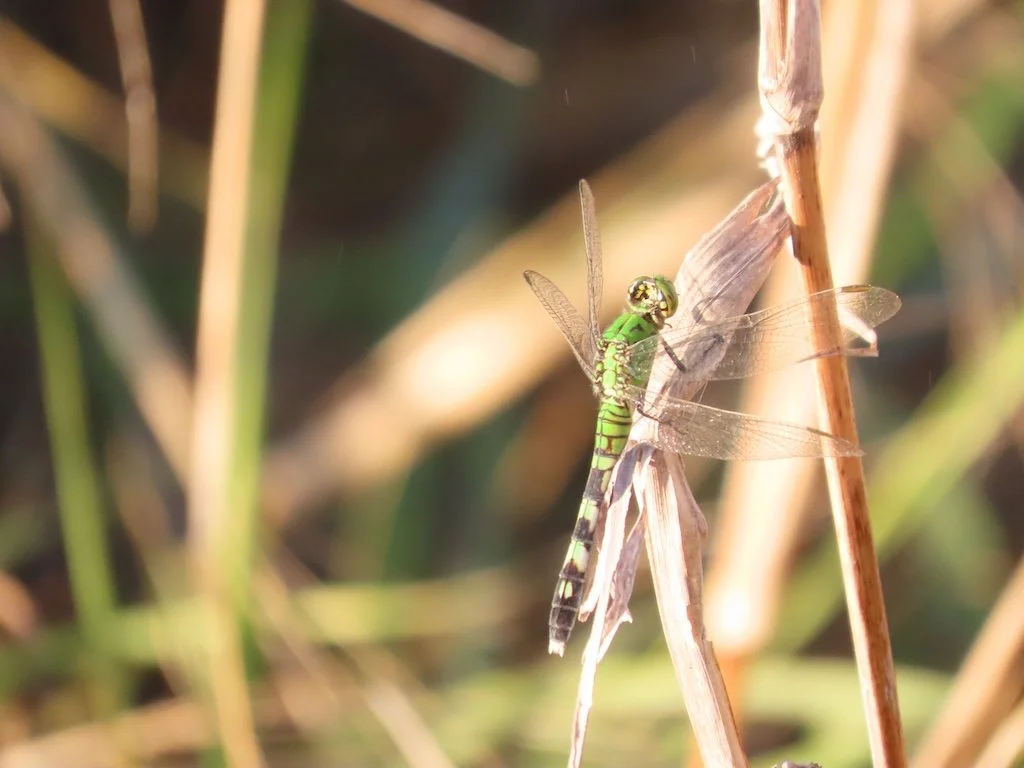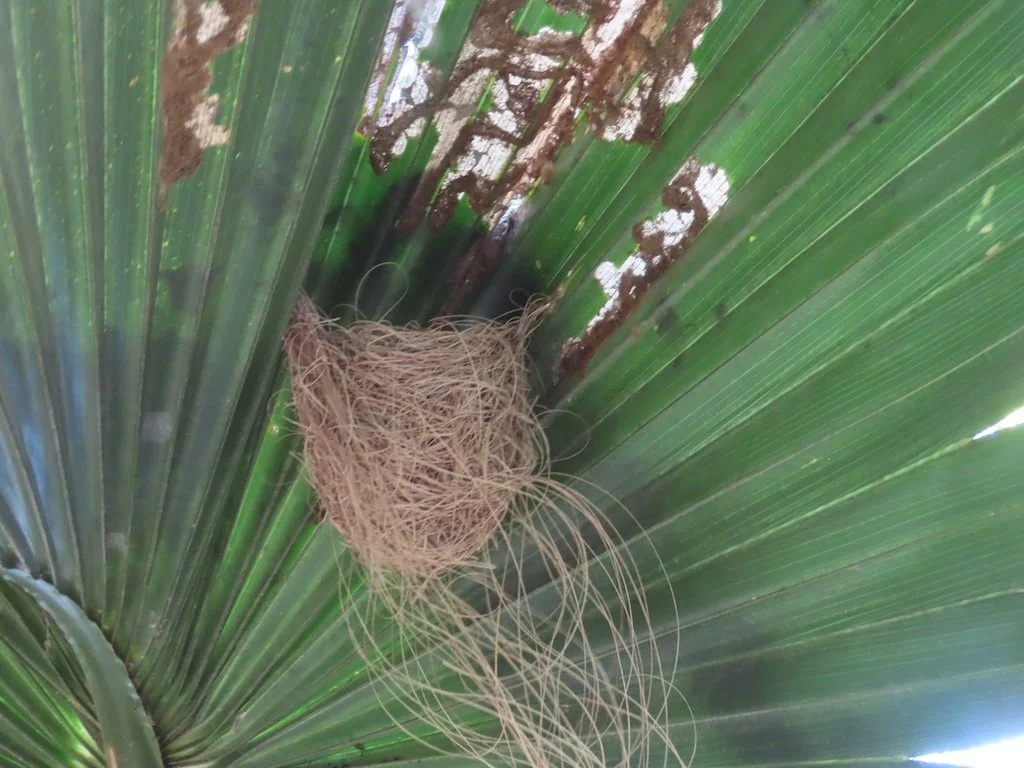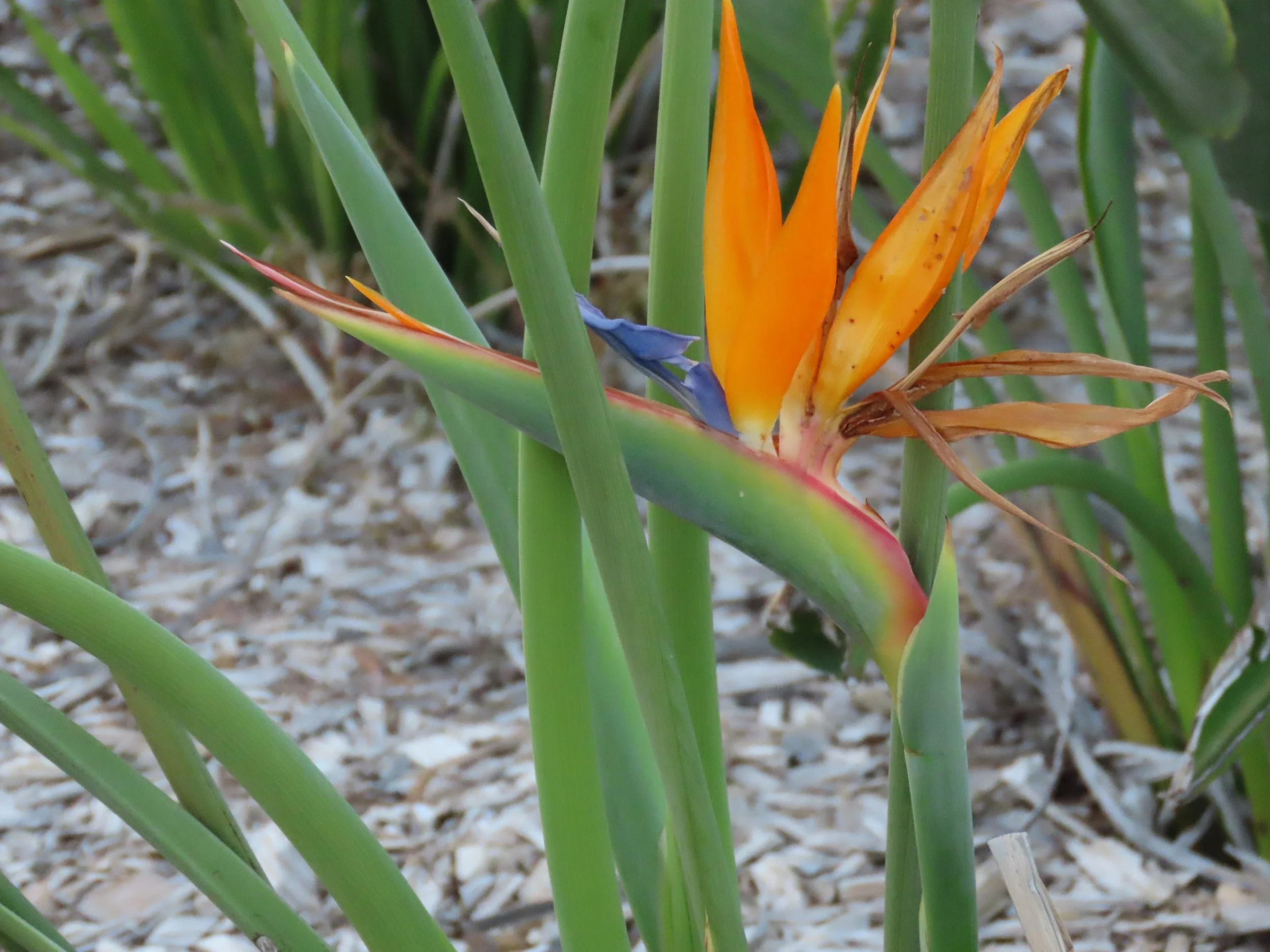The items below were ‘the cream’ of the articles and websites I found this past week. Click on the light green text to look at the article.
Houses built to survive floods - The Manobo indigenous people live and thrive on a vast wetland in the Philippines – despite dealing with dozens of storms and floods per year. Their homes are built on floating platforms as a traditional way of coping with regular floods and storms, and the method proved resilient even in the face of aexceptionally powerful typhoon.
Hunter-Gatherer Childcare Studied - The infants of ancient hunter-gatherers were likely to have received attentive care and physical contact for approximately nine hours a day from about 15 different caregivers. Working with modern hunter-gatherers (the Mbendjele BaYaka who now live in what is now the Republic of Congo), researchers found that the children often have more than 10 caregivers, and sometimes more than 20. These people, including older children and adolescents, support the mother in responding to more than half of her baby’s cries, resulting in improved maternal rest and well-being and thus enhanced maternal care.
Why Does Everything Taste Like Chicken? - Comprised of white muscle fibers, chicken breast and wings rely more on glycogen than myoglobin since they are specialized for more sporadic and brief energy demands. Likewise, unique meats such as frogs and alligators are also considered white meat. They boast a leaner meat profile, a palatable flavor, and a chicken-like texture.
Socio-cultural practices may have affected sex differences in stature in Early Neolithic Europe - Biological effects of sex-specific inequities can be linked to cultural influences at least as early as 7,000 yr ago, and culture, more than environment or genetics, drove height disparities in Early Neolithic Europe.
People Can Be Prescribed “Photography” as a Mental Health Treatment in the UK – “Once a GP or healthcare professional refers a patient to the “Photography on Prescription” program, they will be granted access to photography equipment and masterclasses by Wex, with the intention of giving them the tools to improve their mental health.” What a great idea! It appears that the classes from Wex are available on YouTube!
Gelatine: The ingredient with the wonder wobble - Gelatine, made from the connective tissues of animal parts, is an unlikely staple ingredient. A thousand years ago in Iraq, when the cookbook containing the recipe was written, party guests might have welcomed a slice of the jiggling substance, much the way the attendees of a Tupperware party in Omaha in 1963 would have tucked into a brilliant green molded Jell-O larded with canned mandarin orange slices. Gelatine is made by boiling the bones and connective tissue of animals, breaking down the protein known as collagen. The proteins released by the process will cling together at room temperature, but if they are mixed with hot water and then allowed to cool, the water is threaded through the network they form. Different concentrations of the proteins will yield different firmness of the final gel.
Massive Ancient Mosaic Floor Discovered in Turkey - A large floor mosaic covering some 6,400 square feet has been uncovered in central Anatolia, in a Roman villa dated to the fourth century A.D.
These Are the Best Northern Lights Photos of 2023 – Color in the sky. My favorite is the one full of greens titled “Circle of Life.”
How ancient civilizations dealt with trauma - Just a year after the Norman conquest, a group of bishops got together to create an unusual list - a set of instructions for those who had participated in the bloodshed – setting out the repentant actions they should perform to atone for their deeds. To help veterans avoid trauma and give them tools to deal with it, medieval societies relied heavily on religion. There were prayers and blessings from priests before battles, and penances allowed veterans to absolve themselves of any atrocities they had committed. Later, during the Crusades, people were told that entering into war was a holy act itself, and could do away with all your previous transgressions. the Ancient Romans invested heavily in getting the proper permission from the gods for their wars. In the ancient world, as today, war often spilled over into the world of the general public – leading to rape, torture, slavery, theft, murder and the mass displacement of people, with entire cities razed to the ground.
Incredible Winners of the 2023 Environmental Photographer of the Year Highlight Our Planet’s Climate Struggles – Some of these are disturbing. “Corals at night” is my favorite and is the closest to a nature photography picture.






